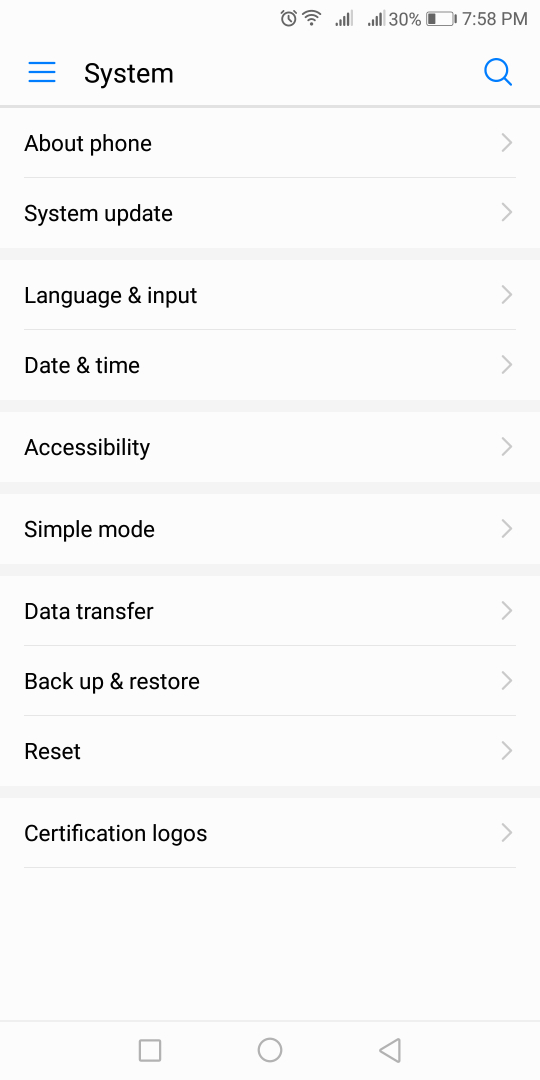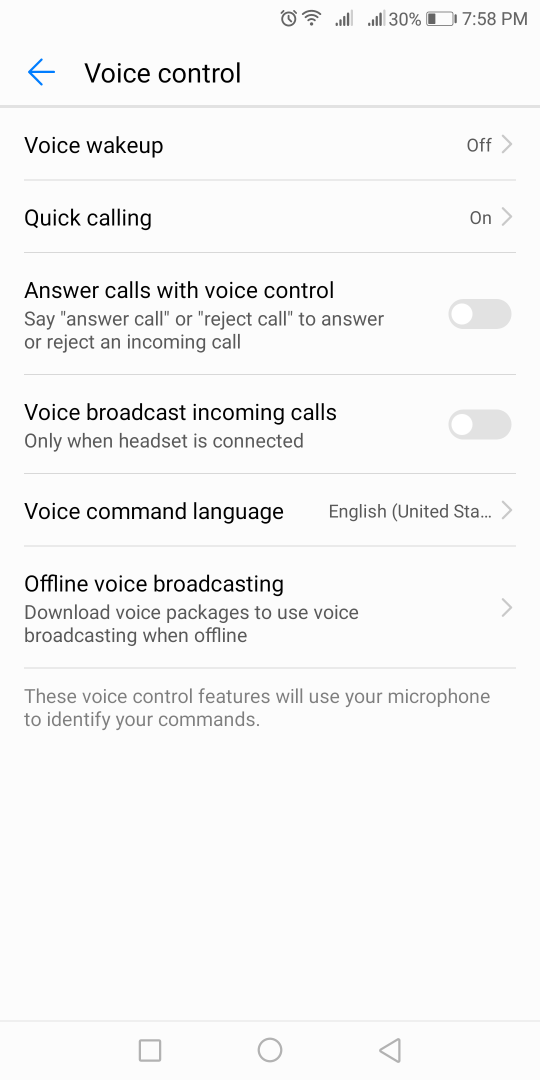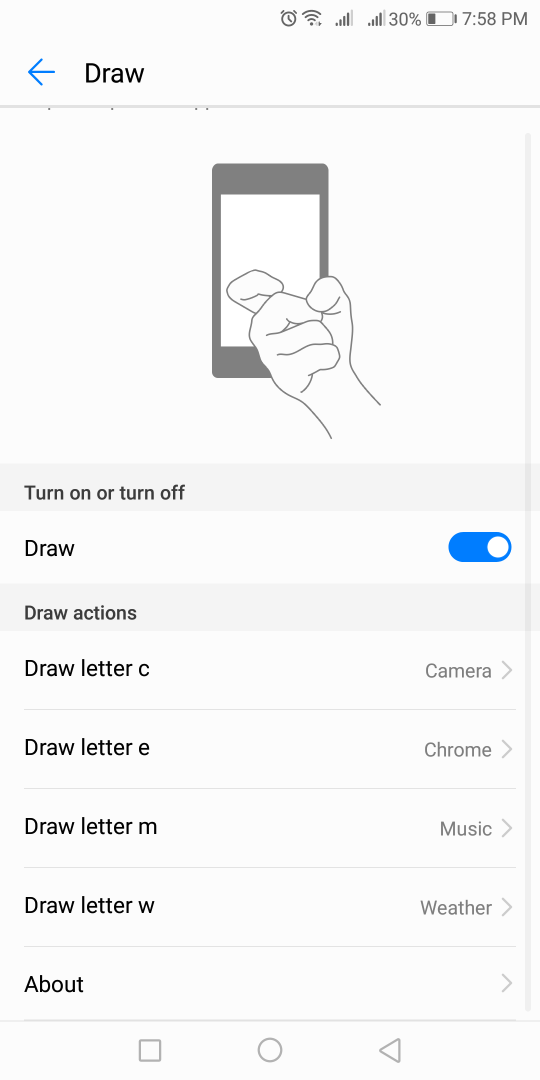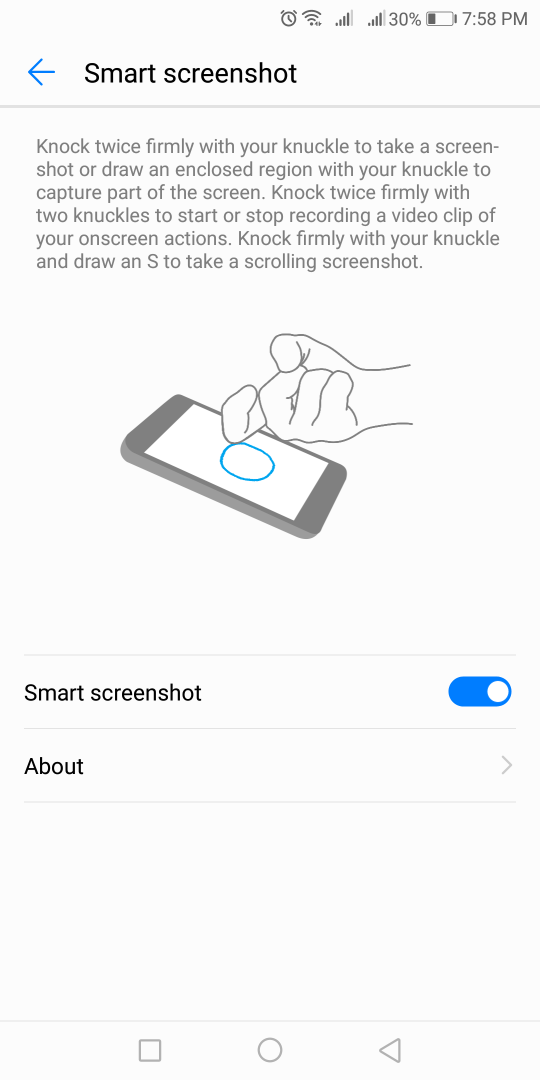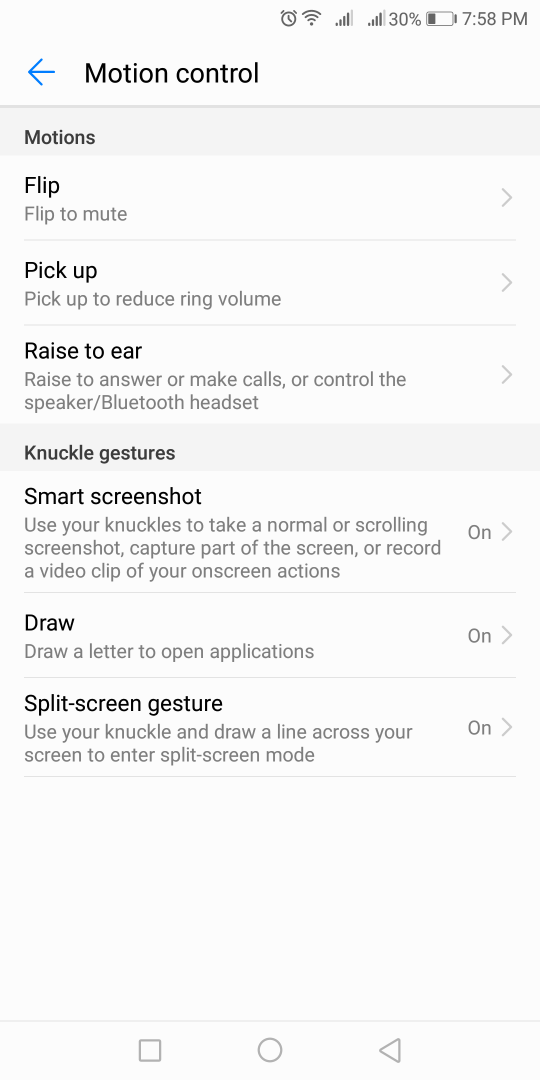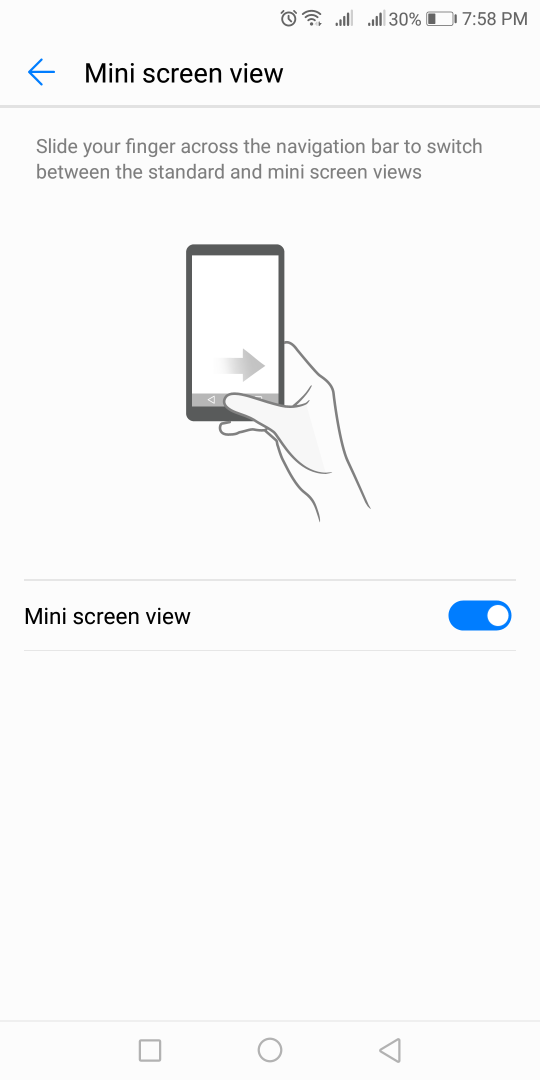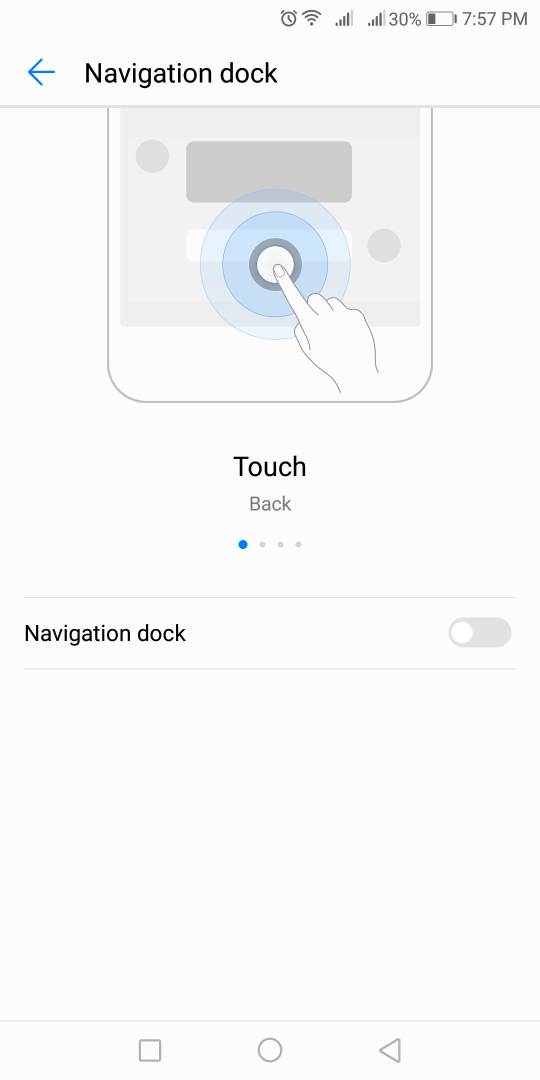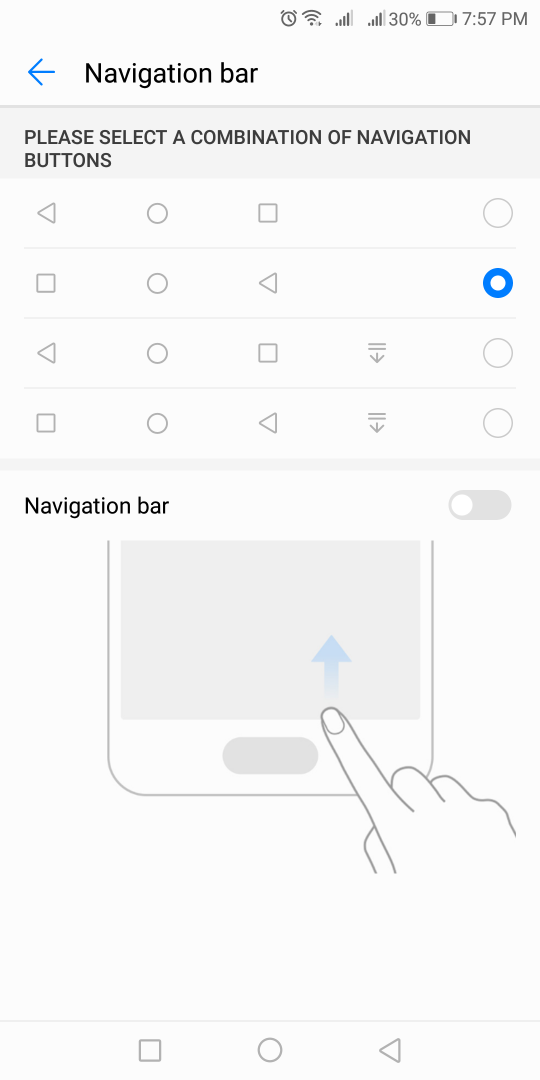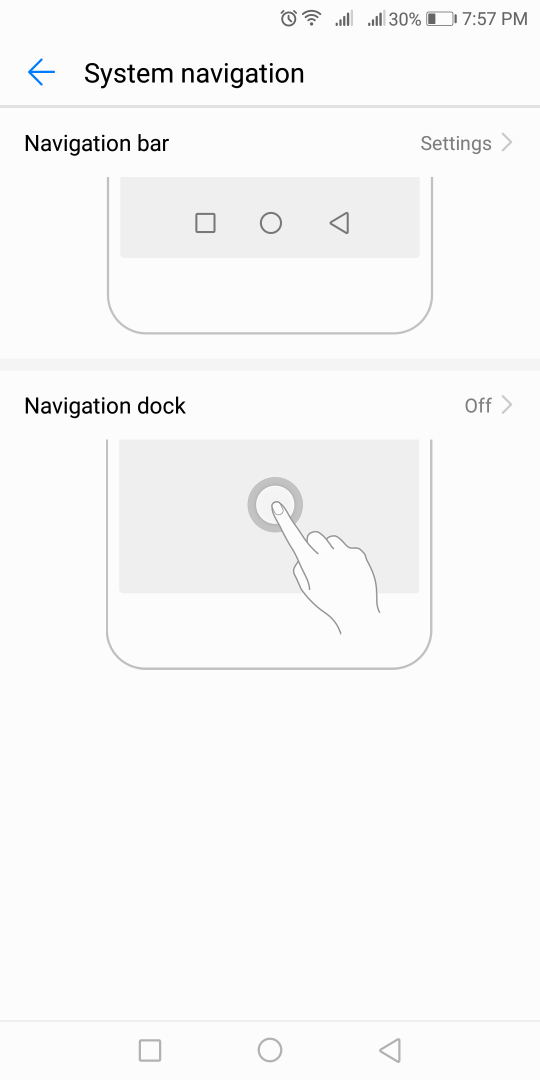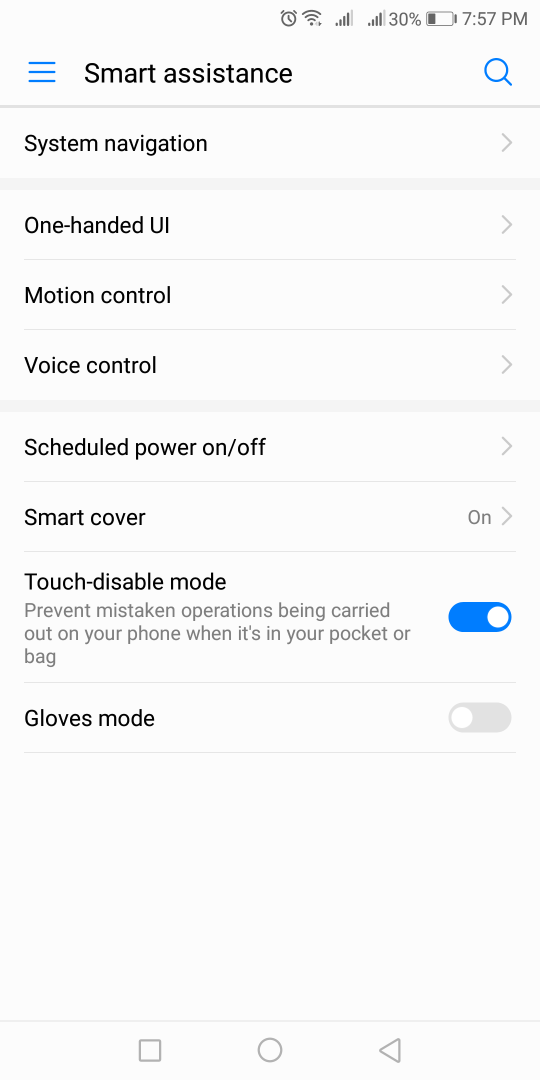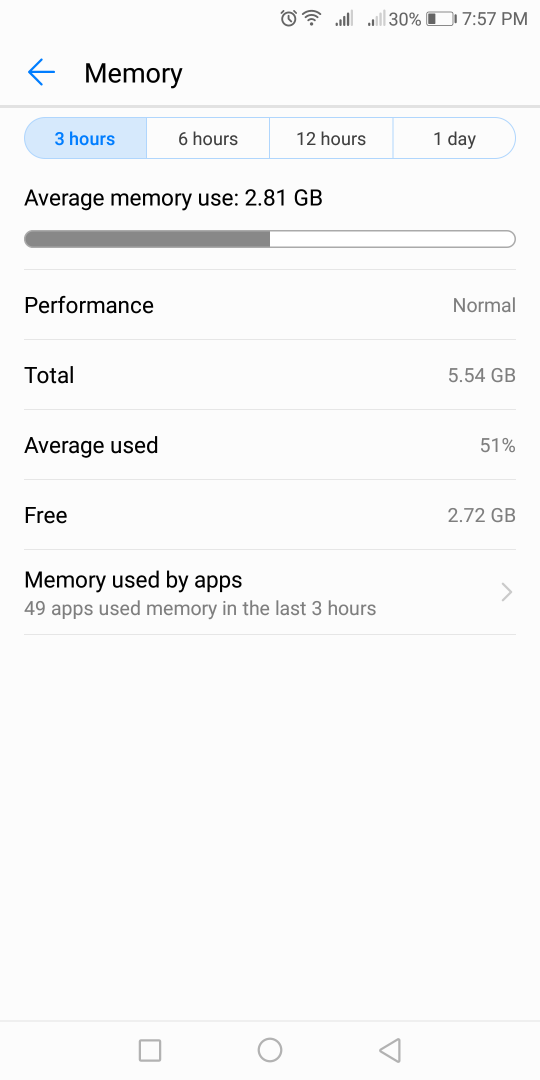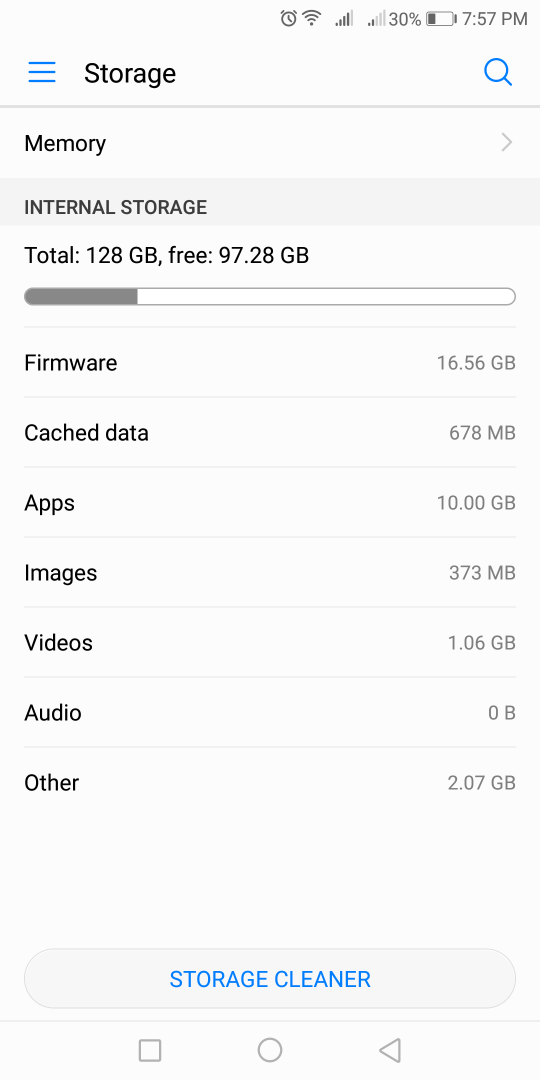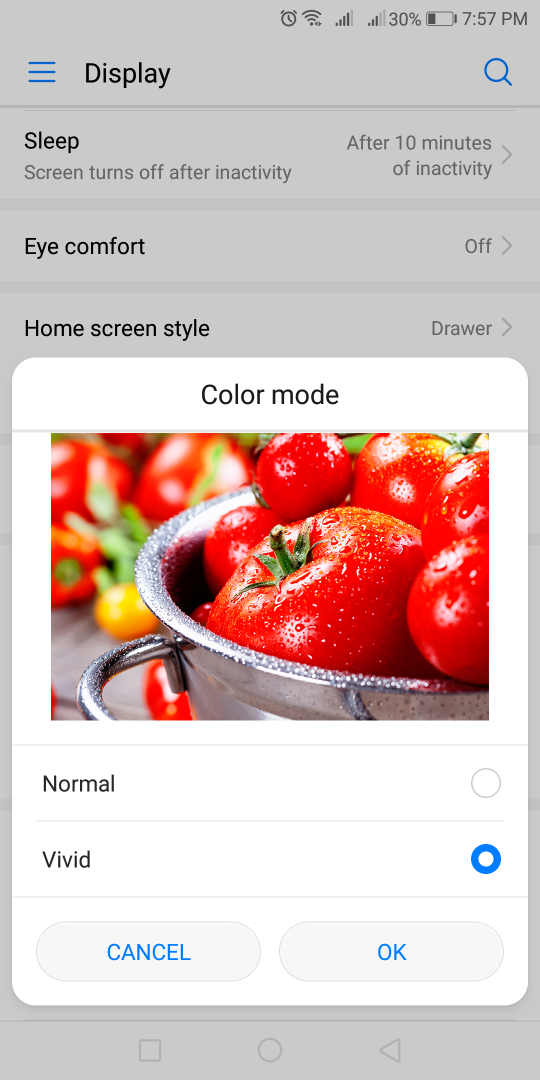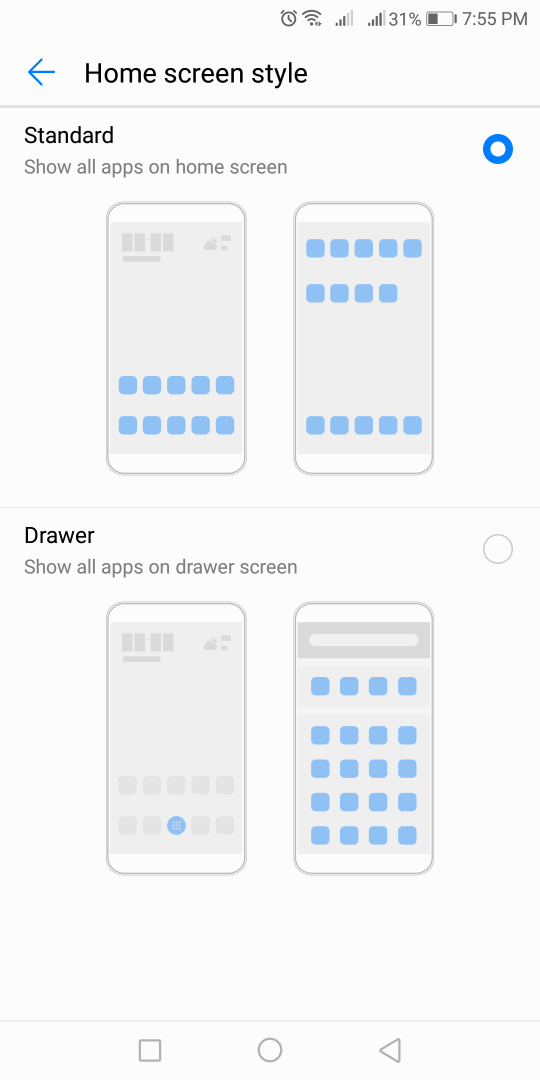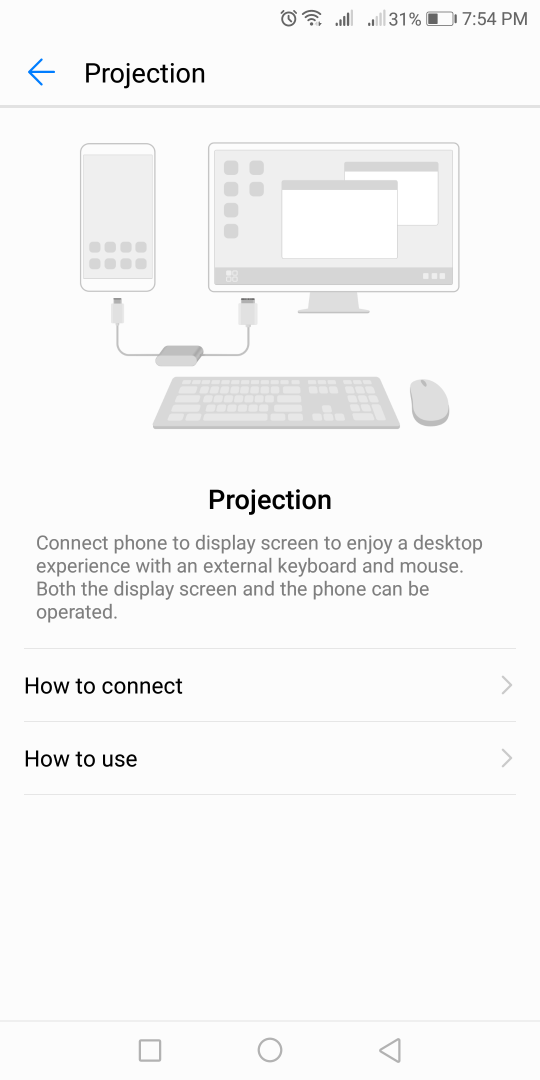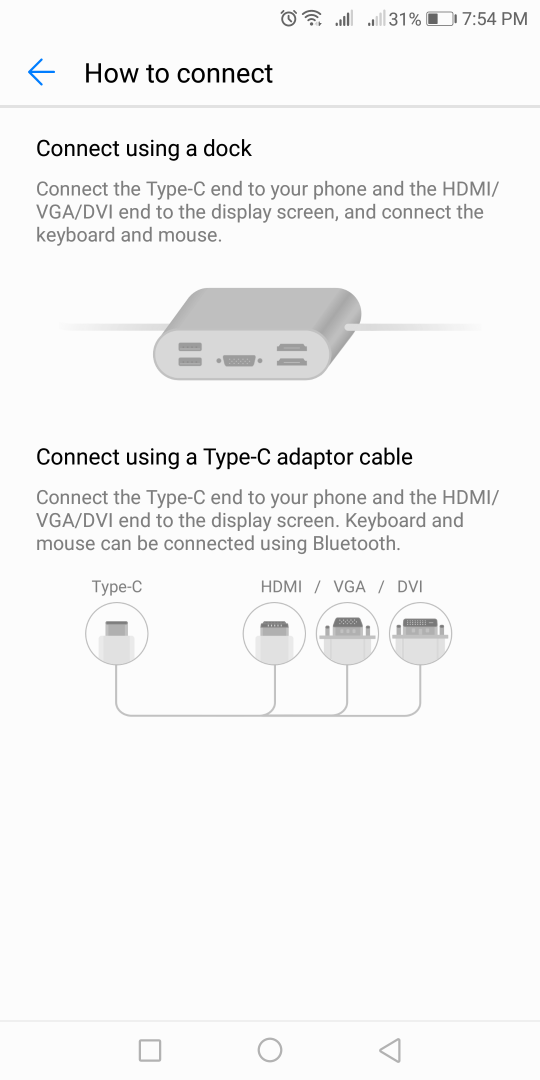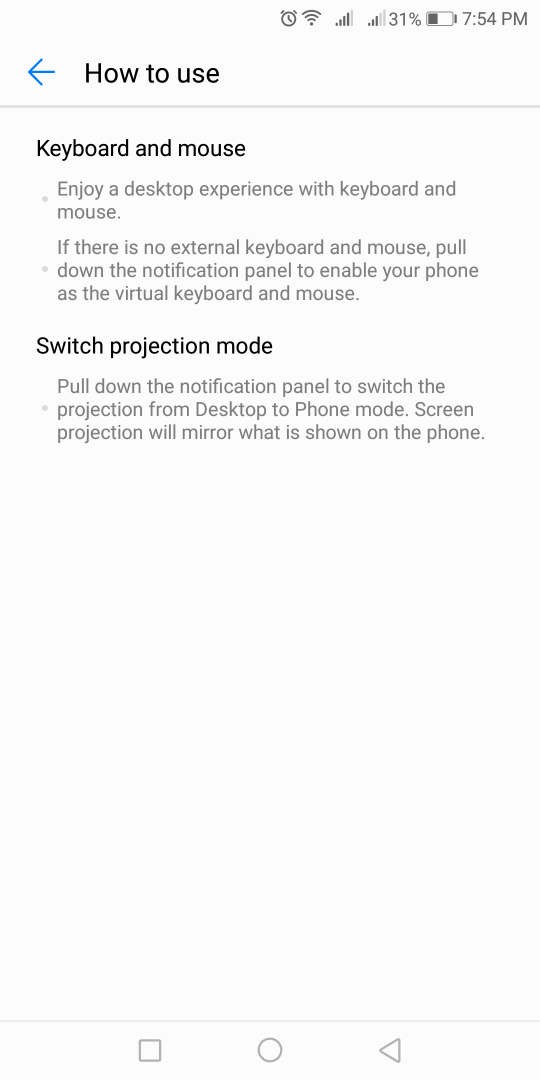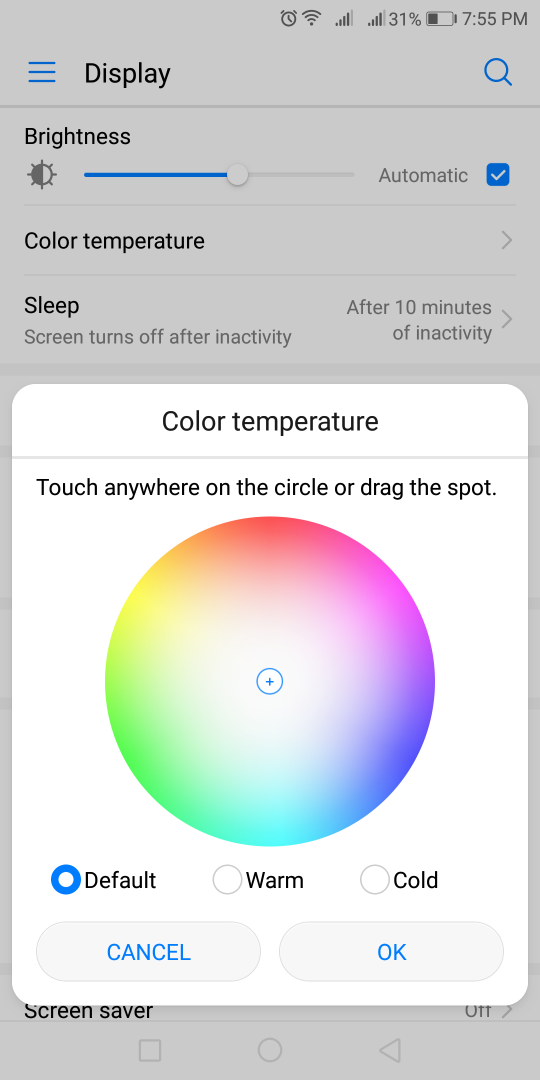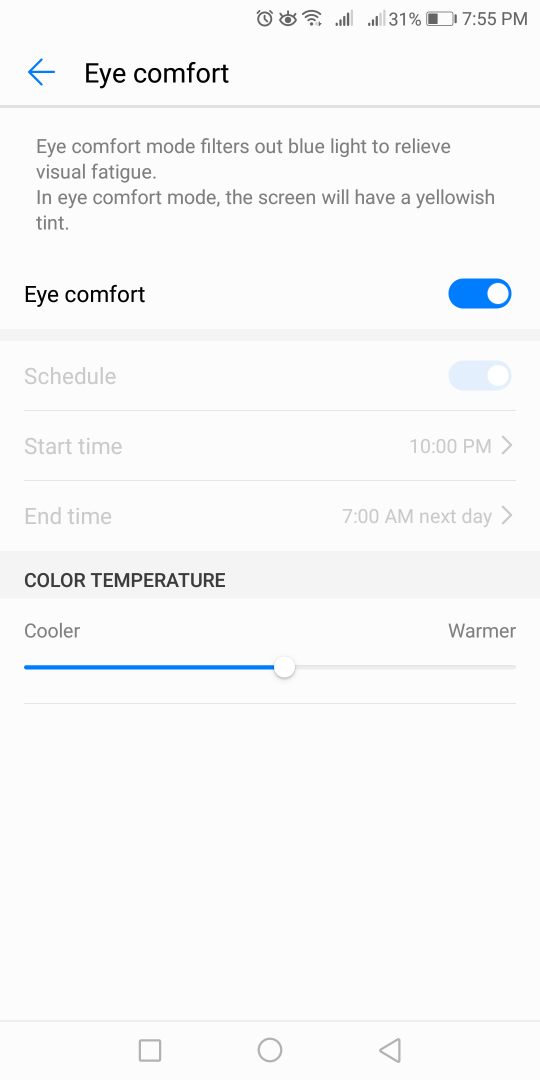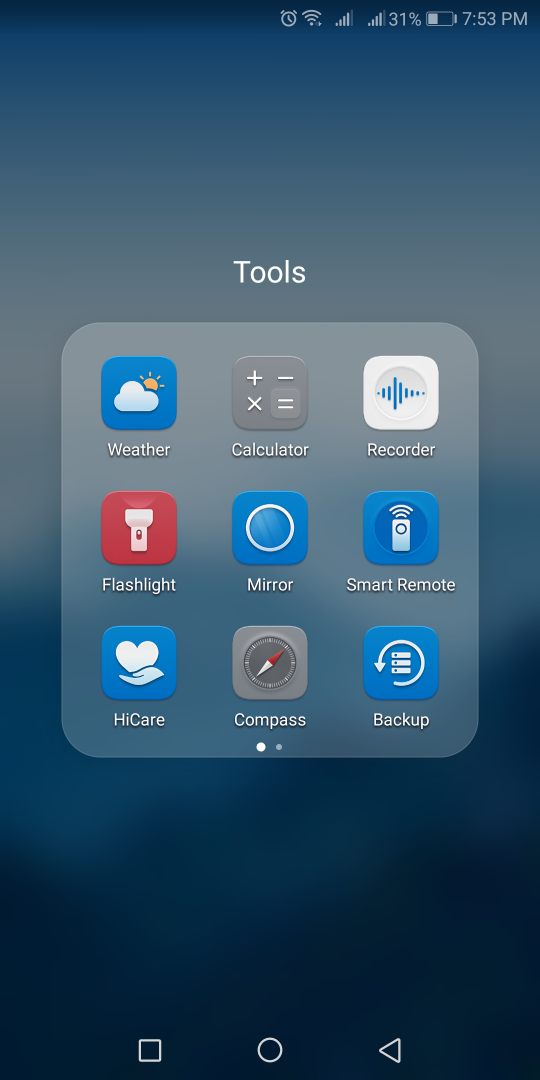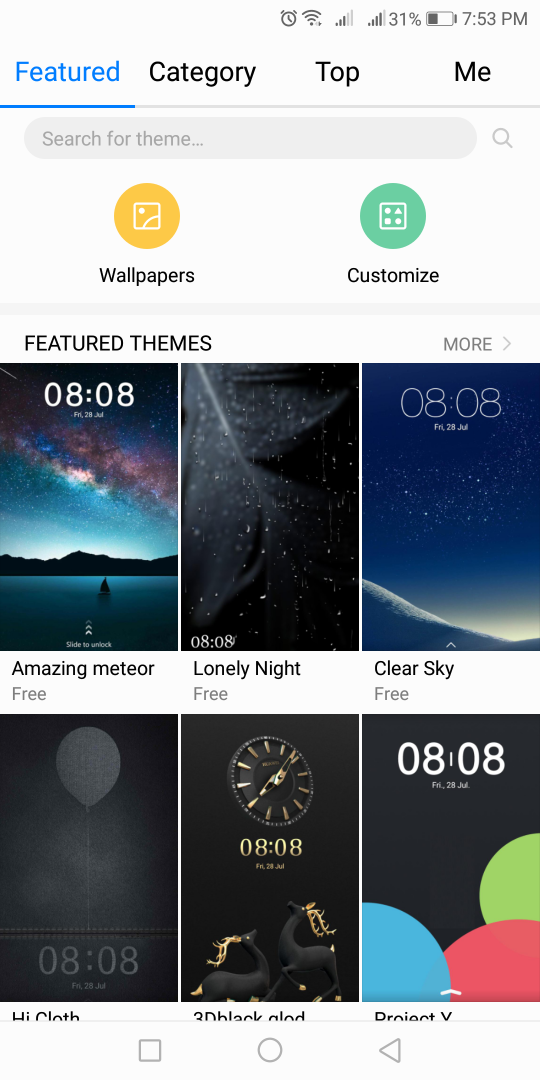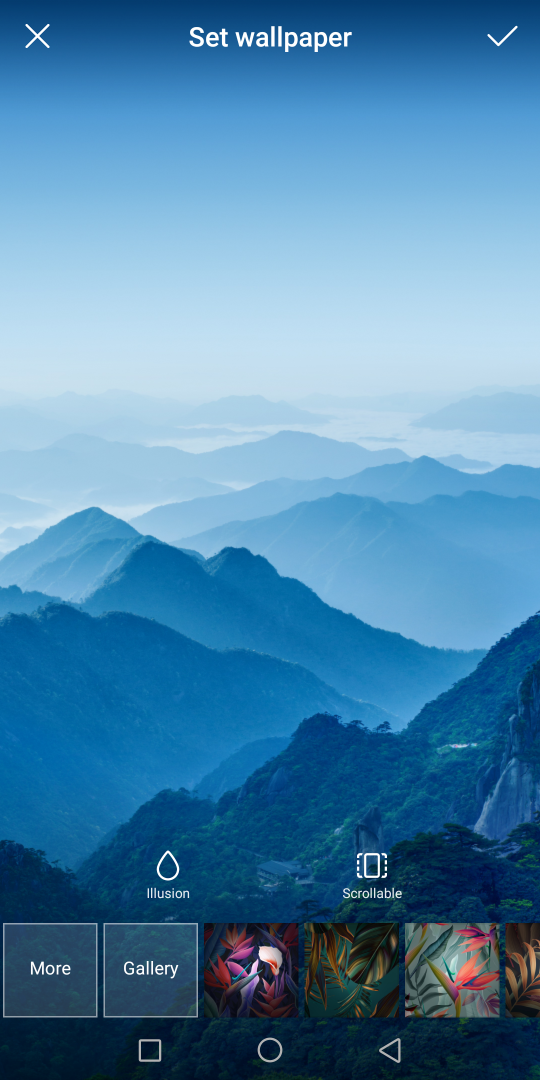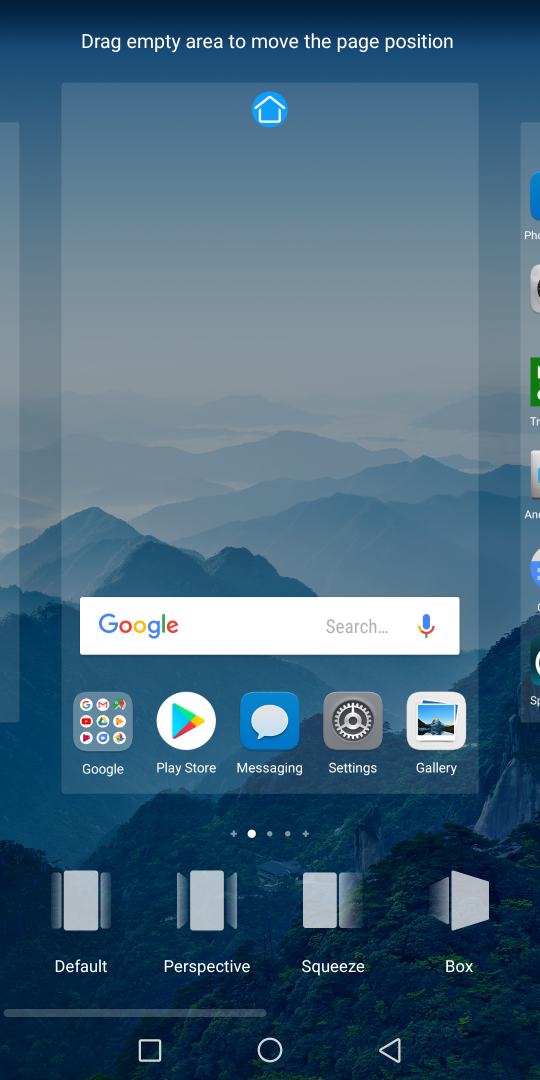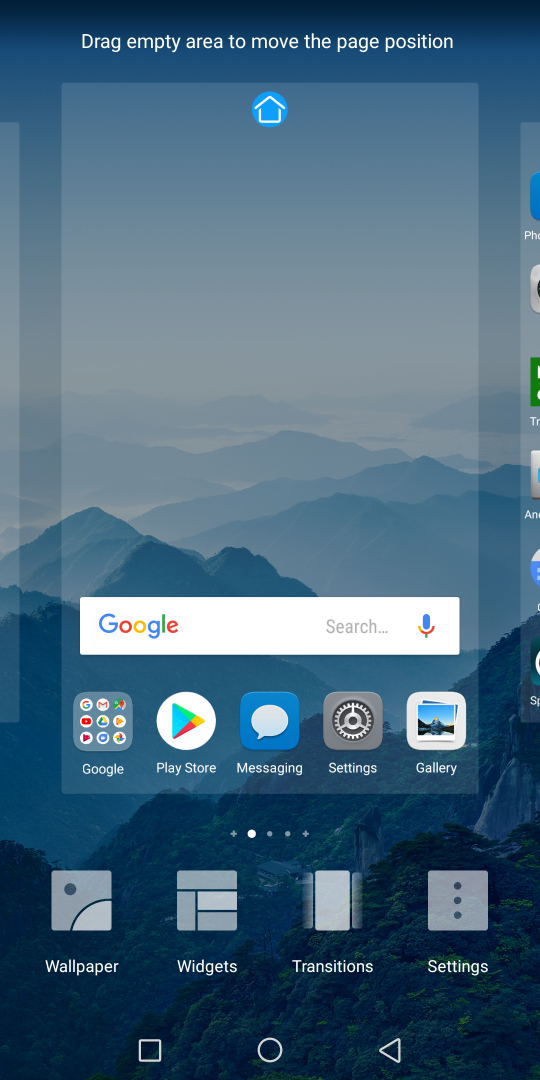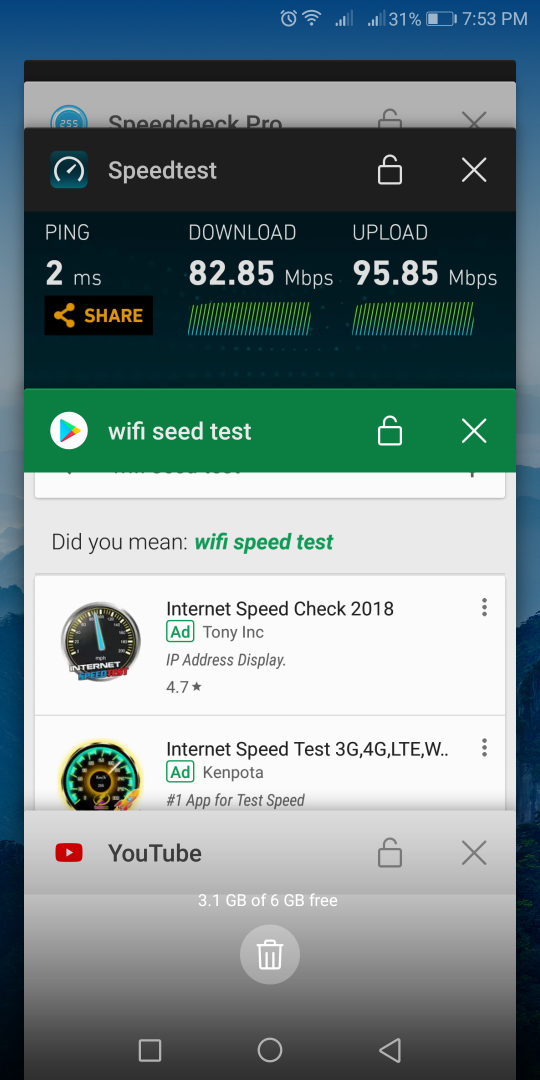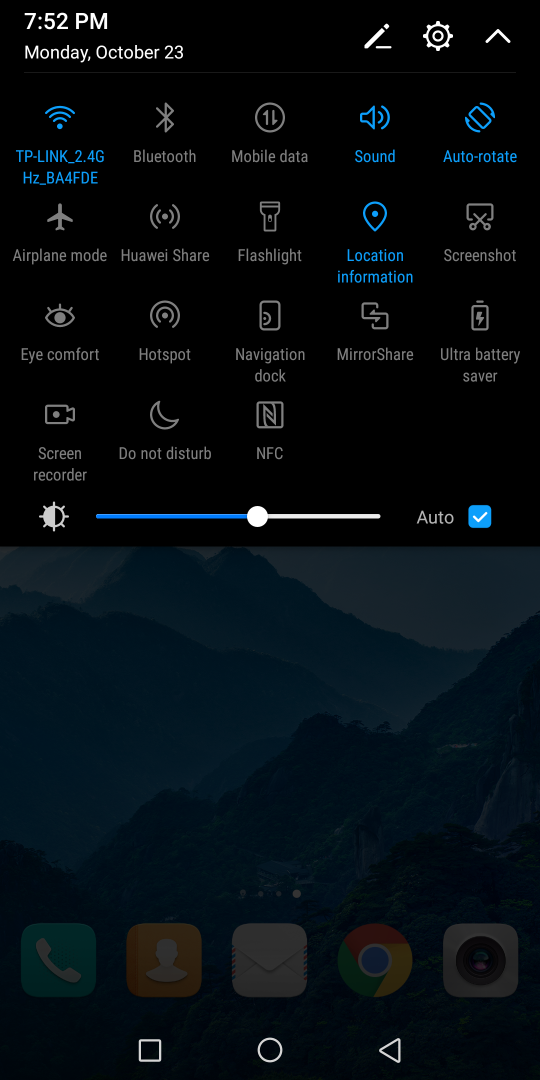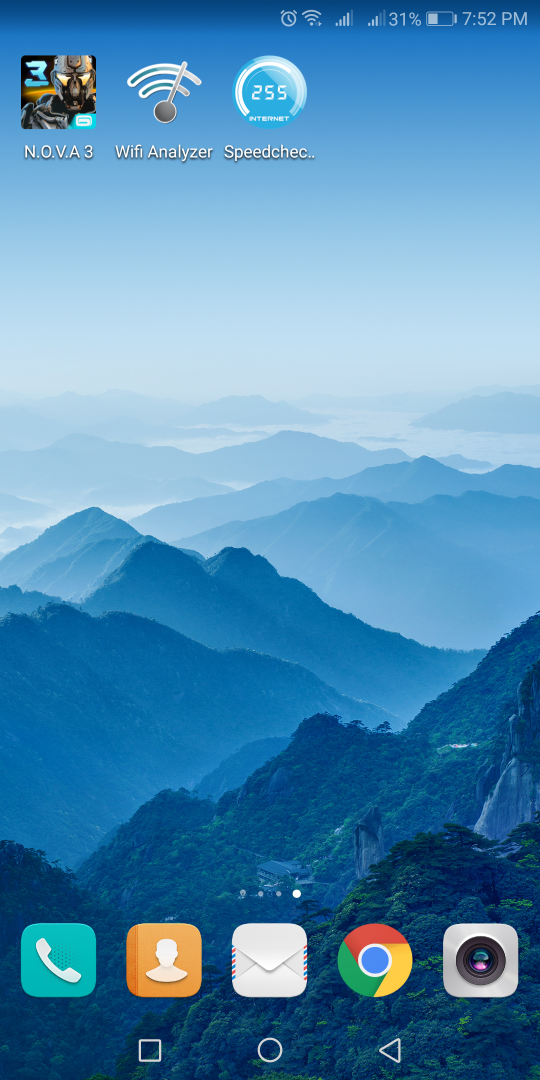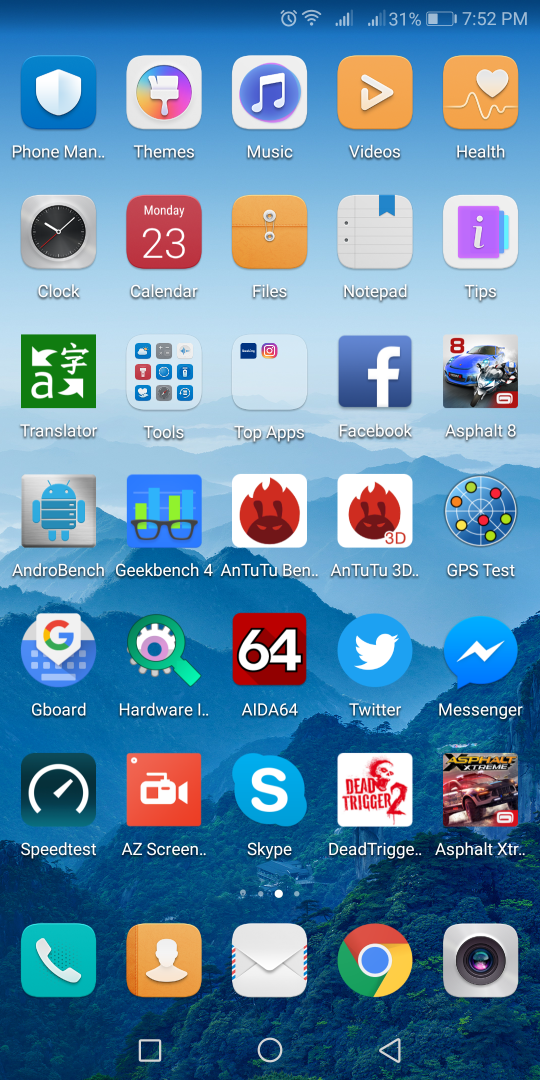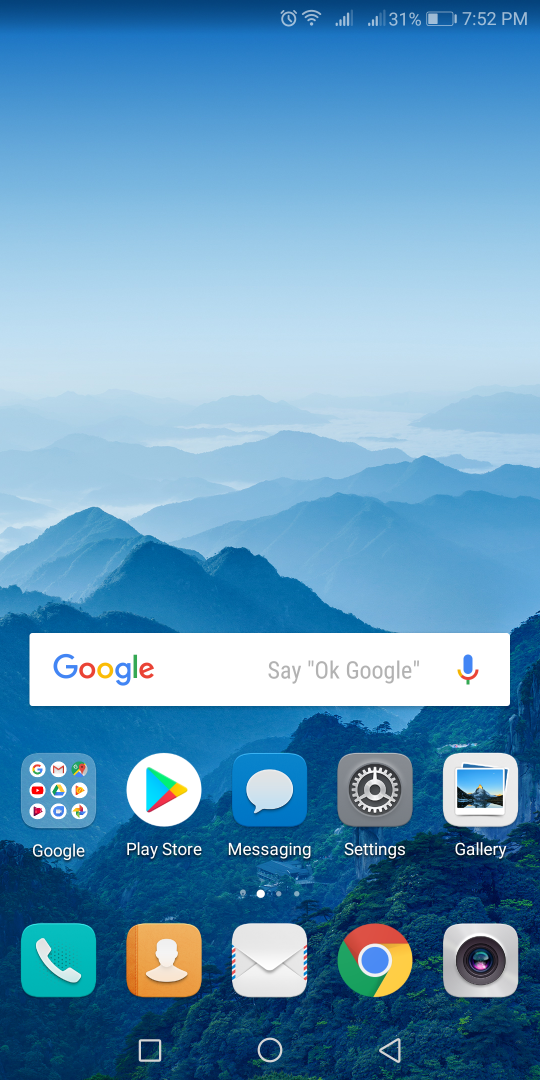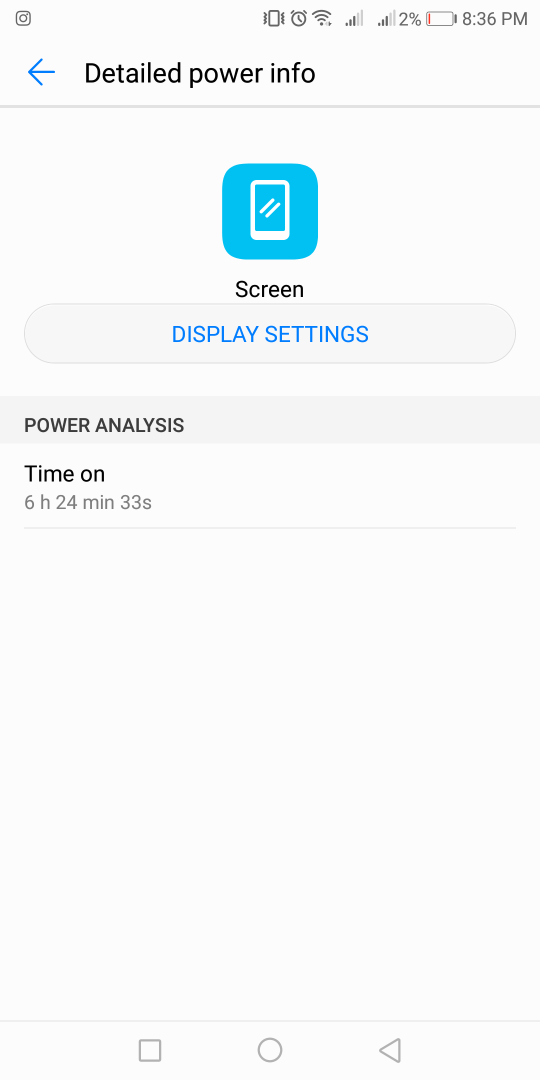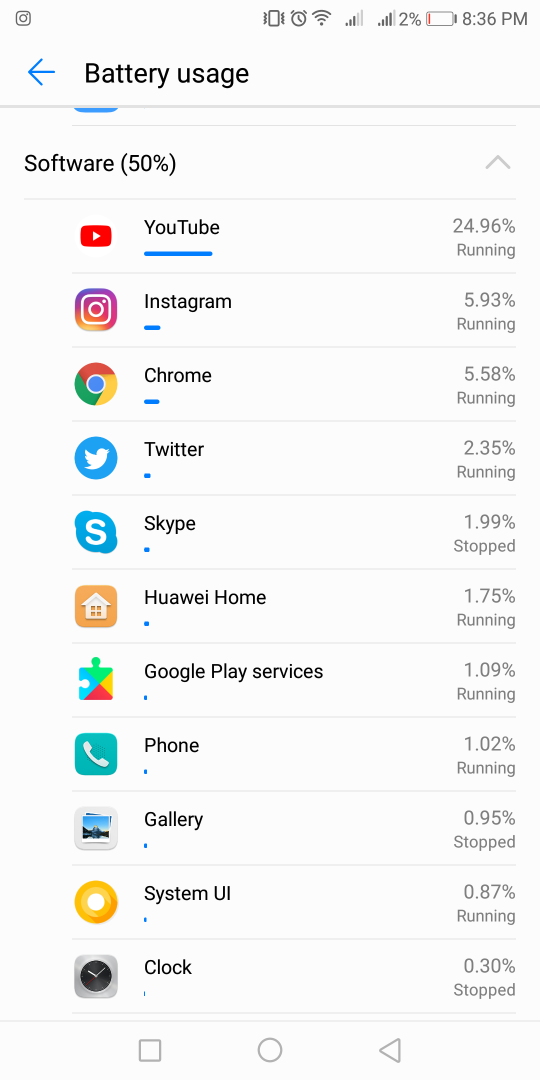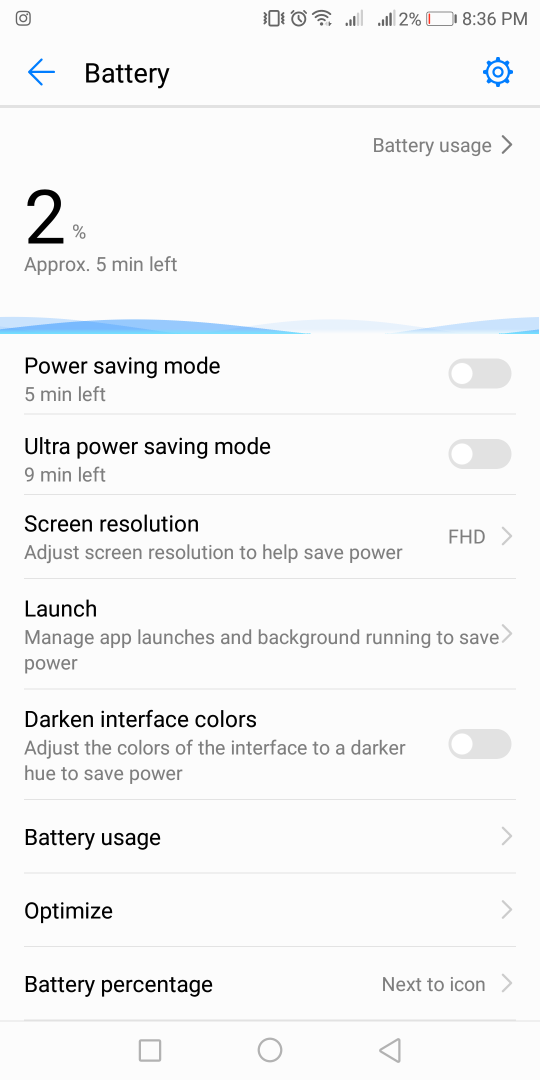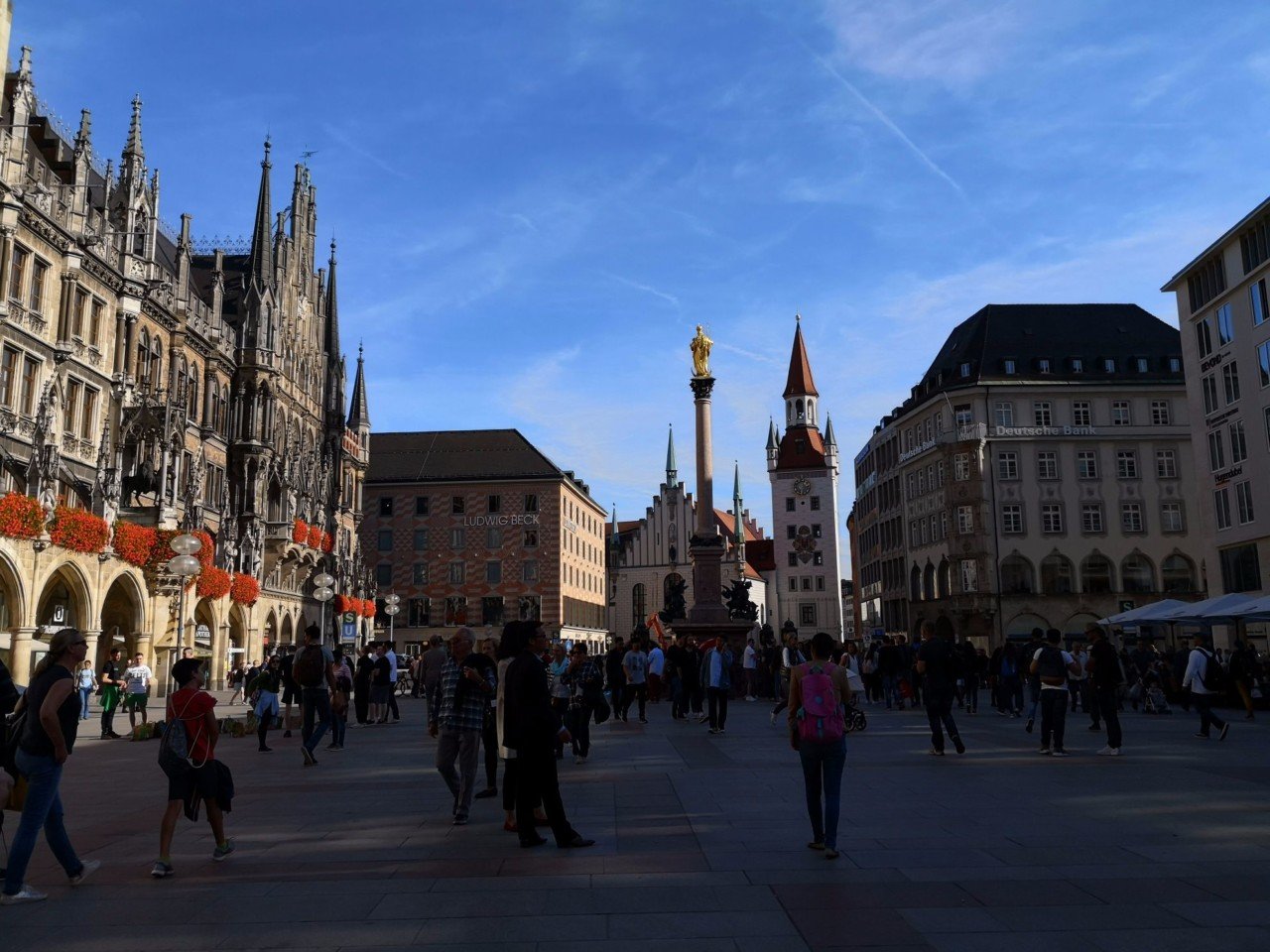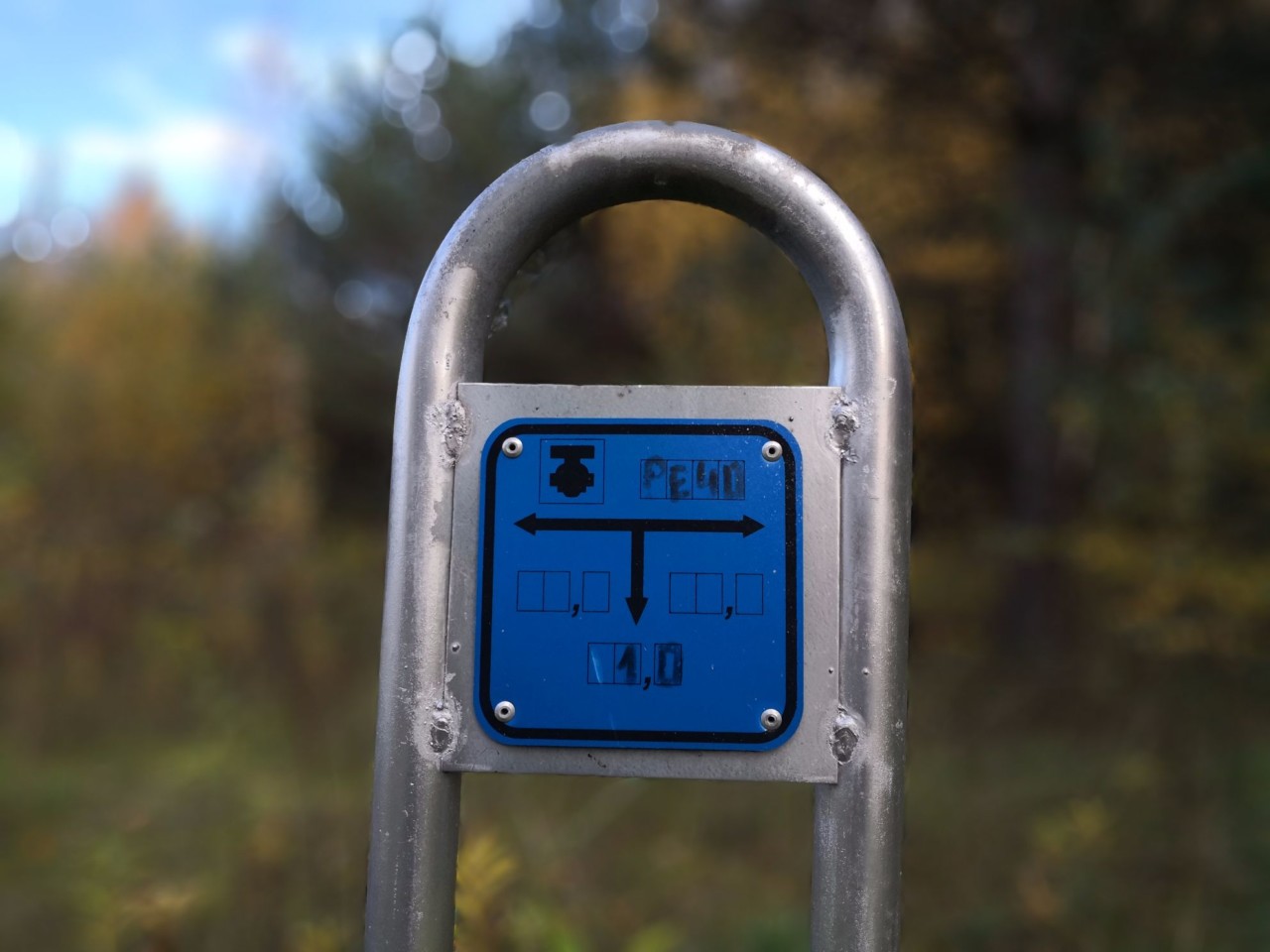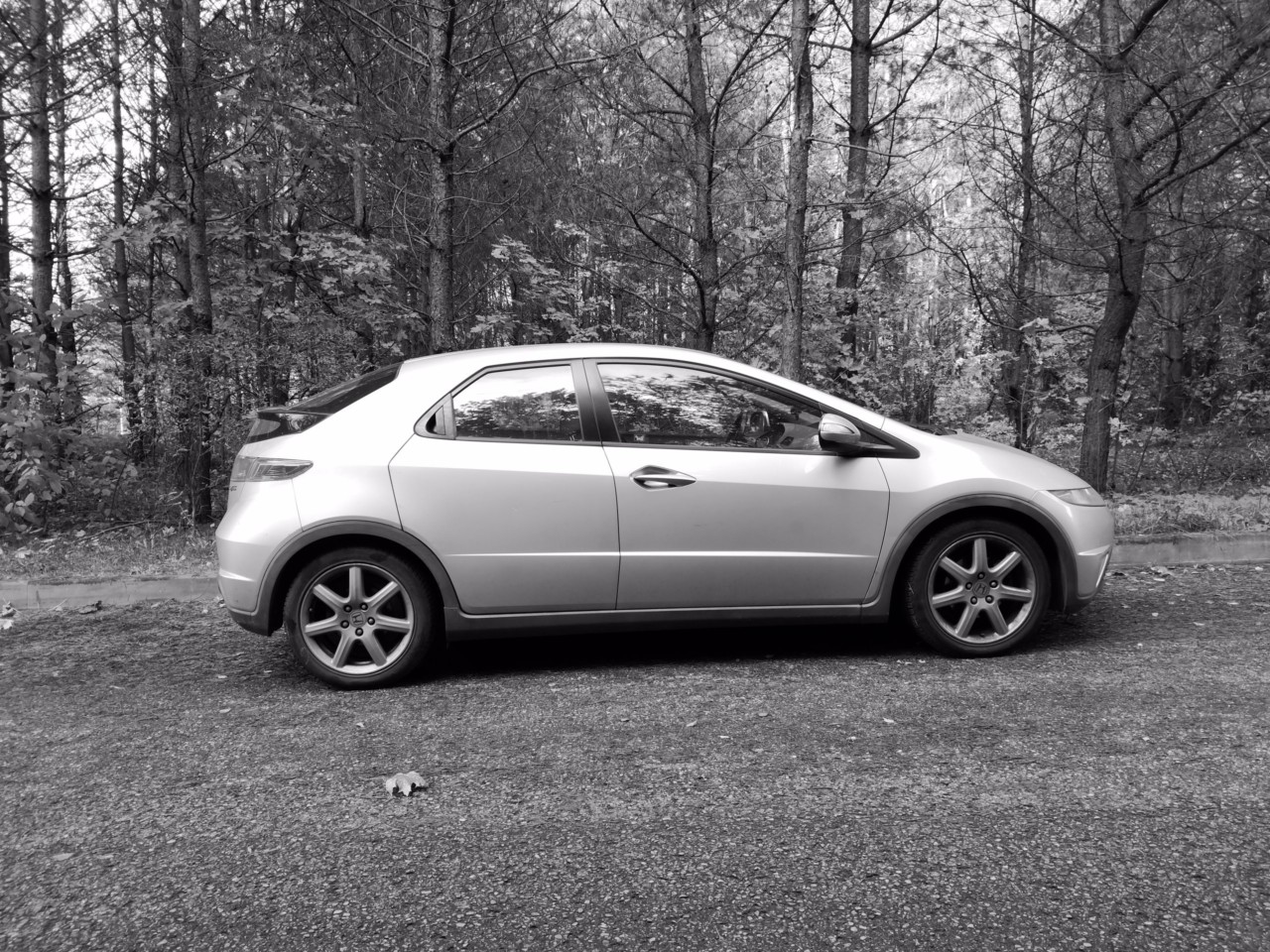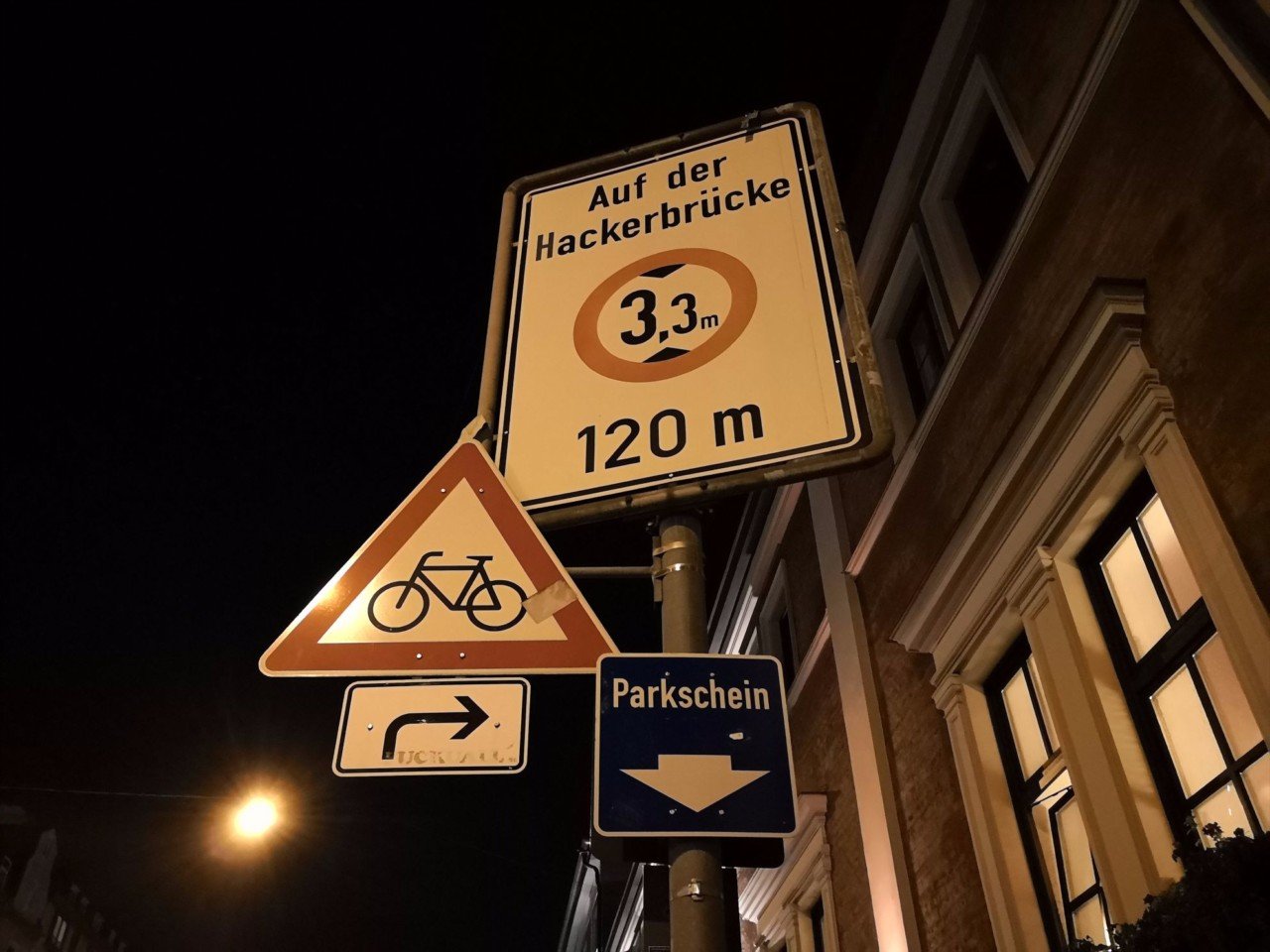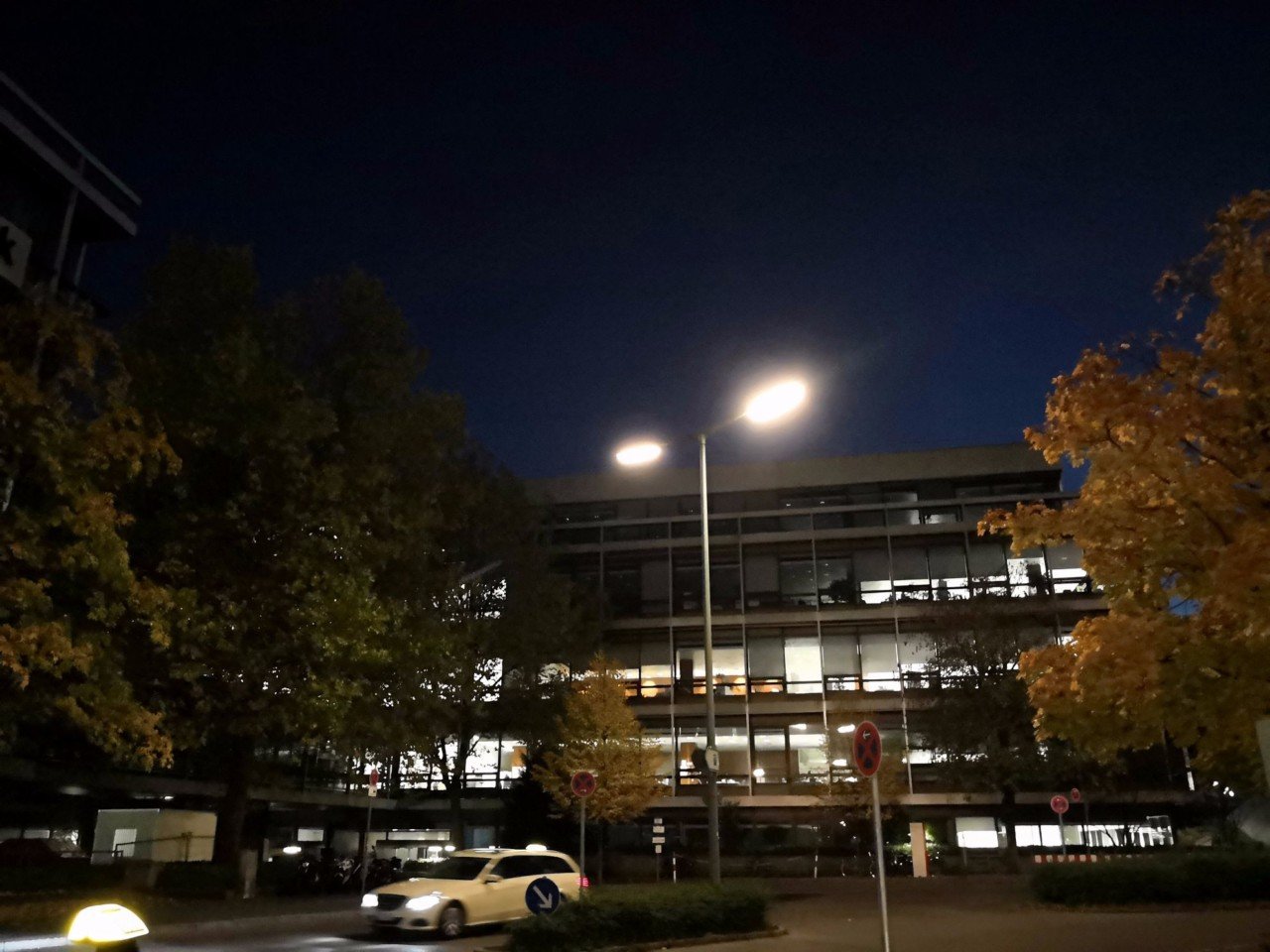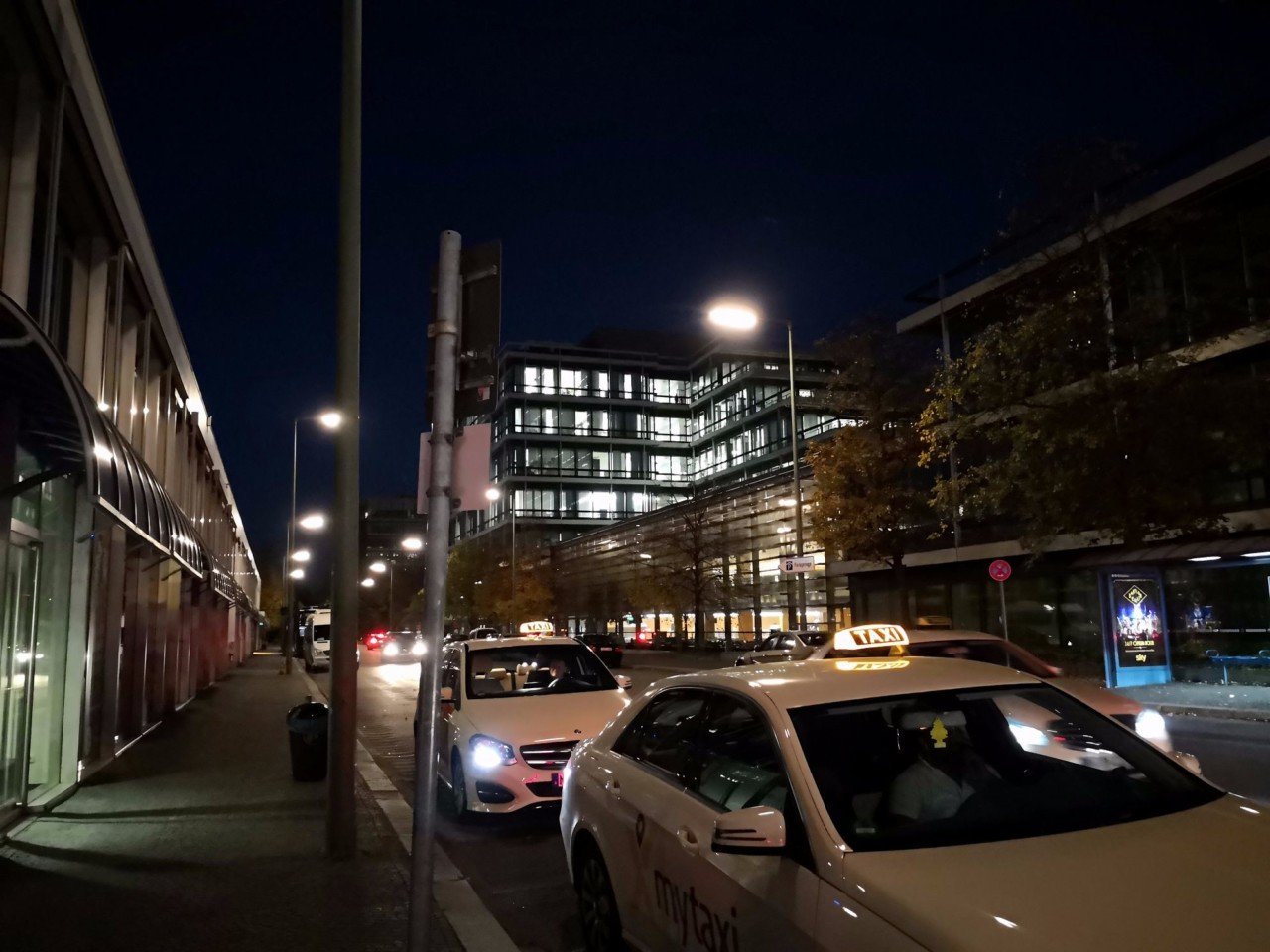Huawei unveiled the Mate 10 and Mate 10 Pro in Munich back in October and I’ve been using those phones ever since. These are one of the best-looking phones on the market and they offer bleeding edge specs and much more. Learn more in our Huawei Mate 10 and Mate 10 Pro review after using those phones for more than 1.5 months.
VIDEO REVIEW
DESIGN, DISPLAY, BATTERY LIFE
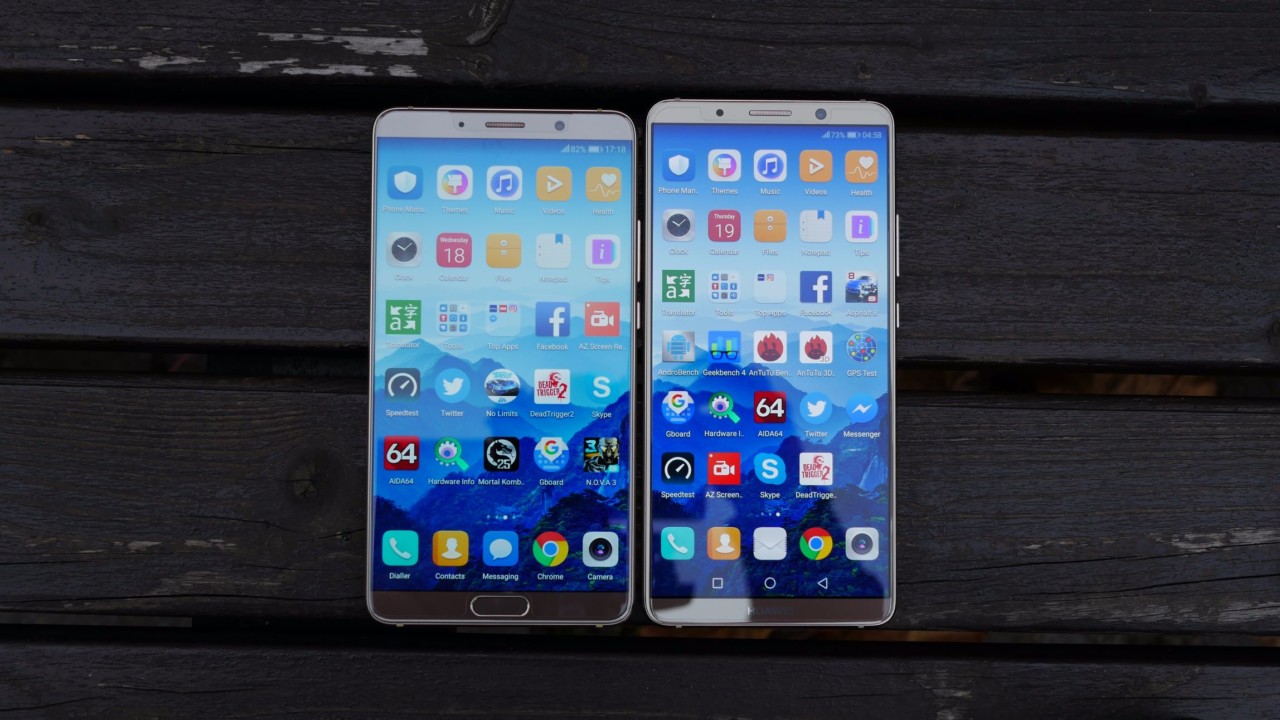
Both Mates look just gorgeous as they use a quality metal frame and glass on the front and rear. The phones look really nice in the hand despite their huge footprint. I didn’t drop either of the phones, so they both still look as new.
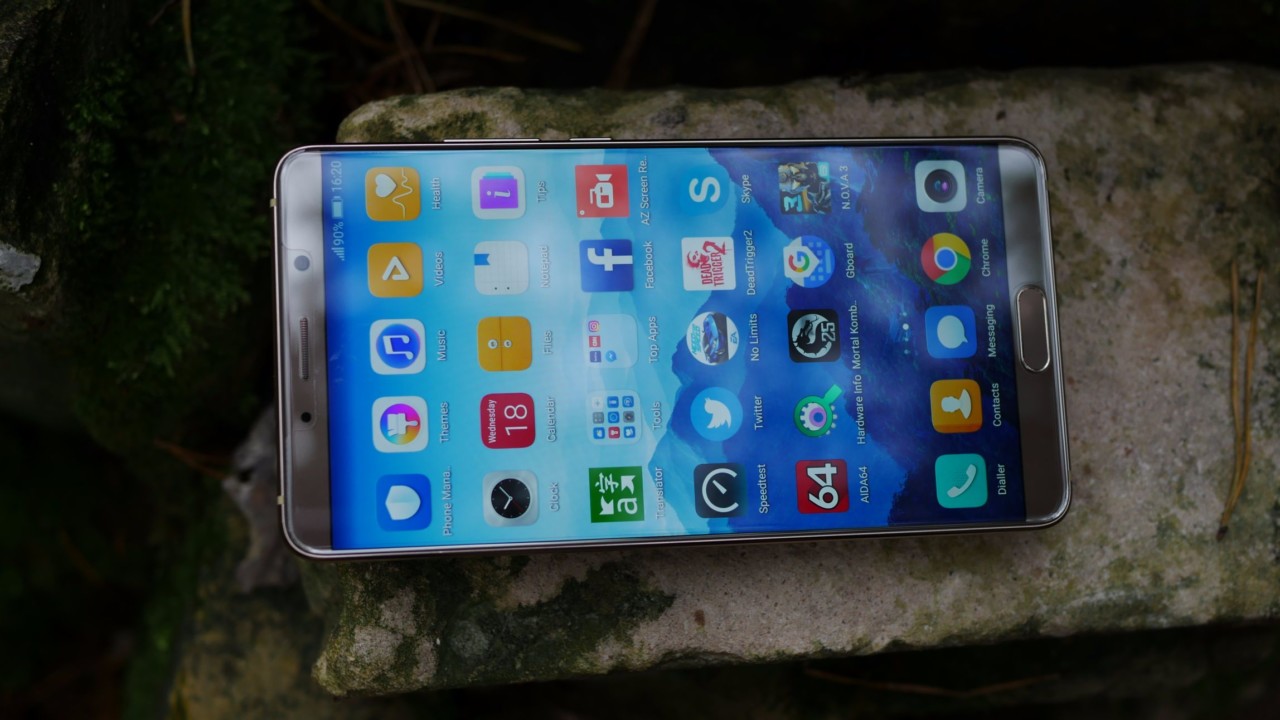
They Mate 10 has a smaller 5.9” 2k resolution LCD display that has a traditional 16:9 aspect ratio, meaning that it is wider but it is a bit shorter than the Mate 10 Pro.
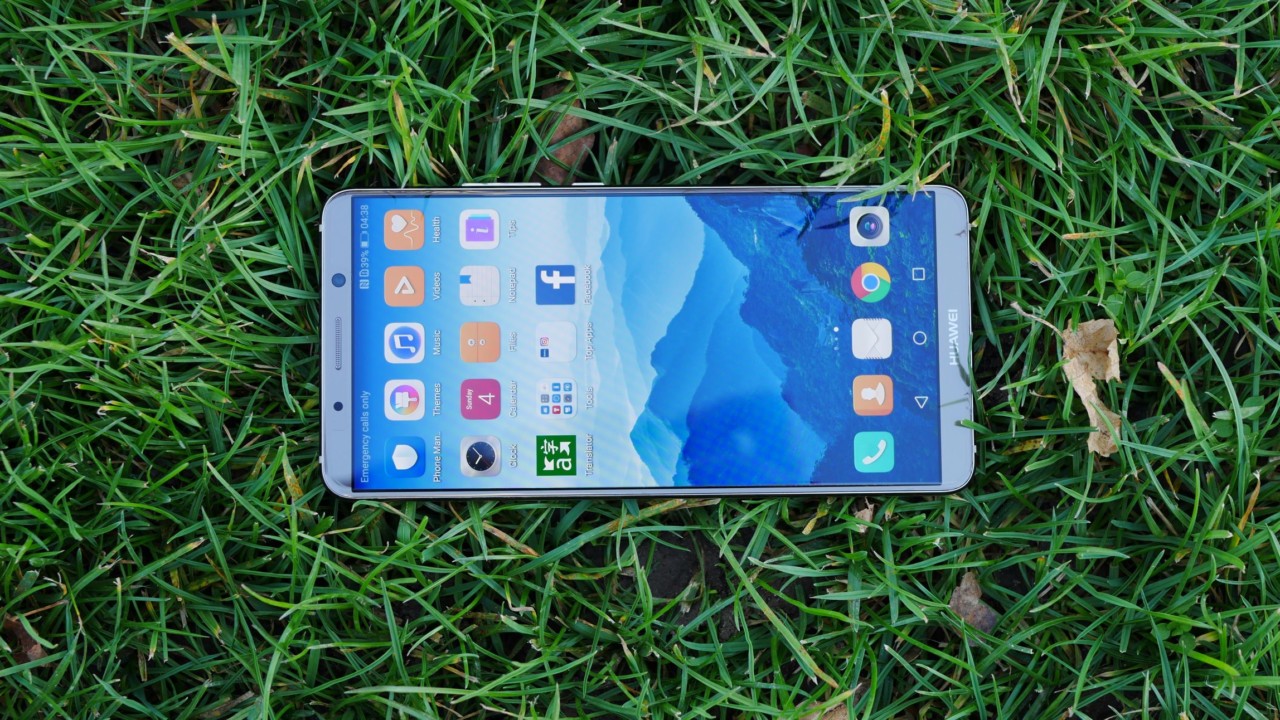
The latter phone has a larger 6” AMOLED display with 18:9 aspect ratio but it has only 1080p resolution. In practice, I found both displays to be plenty sharp for everyday use but I prefer the AMOLED panel on the Mate 10 Pro.
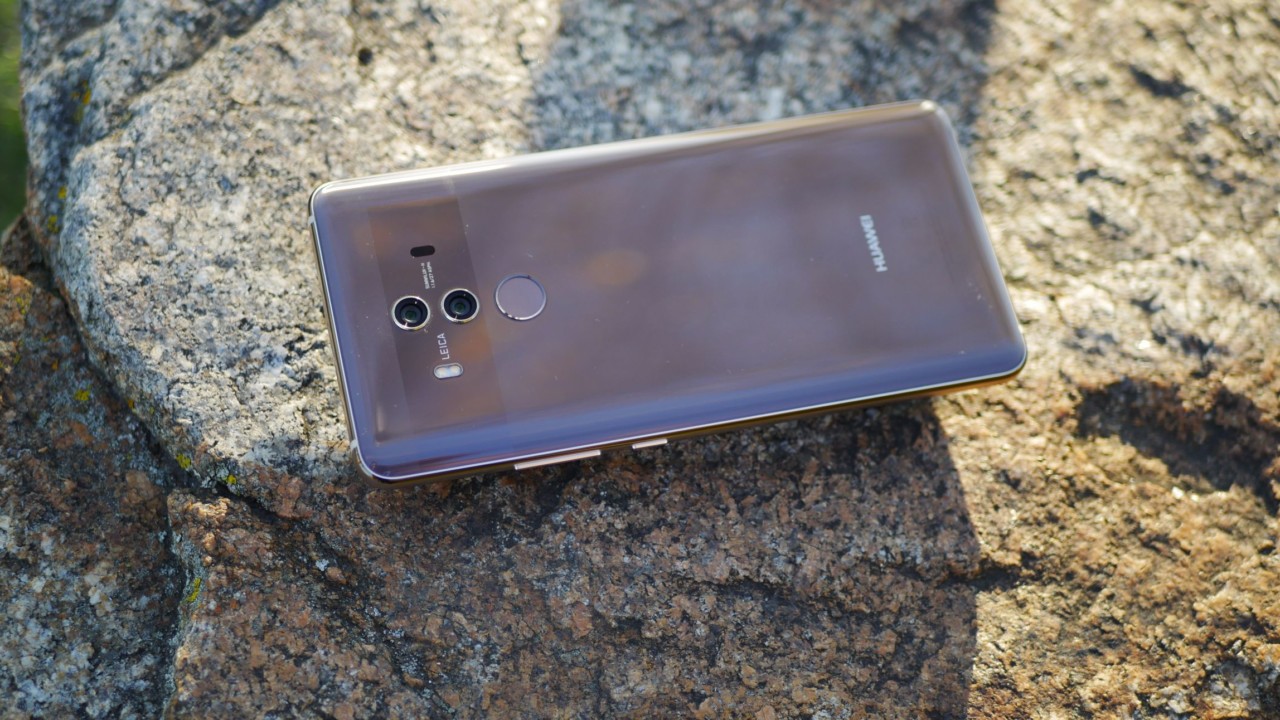
I found both fingerprint scanners to be very fast and accurate. The Mate 10 has one on the front while the Mate 10 Pro has it on the back.
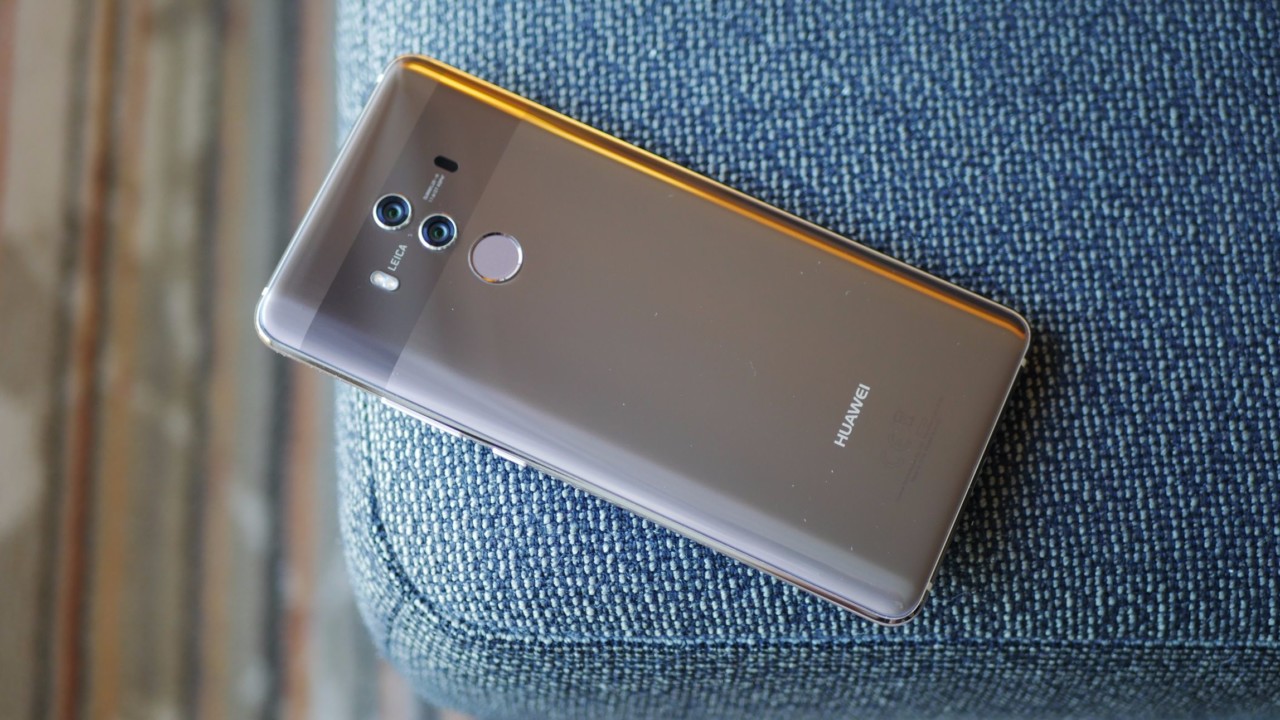
Both phones have 4000mAh batteries that have been performing really well. With my usage, I could get over 6 hours of screen-on time but keep in mind that I usually install a ton of apps and use the phone quite intensively.
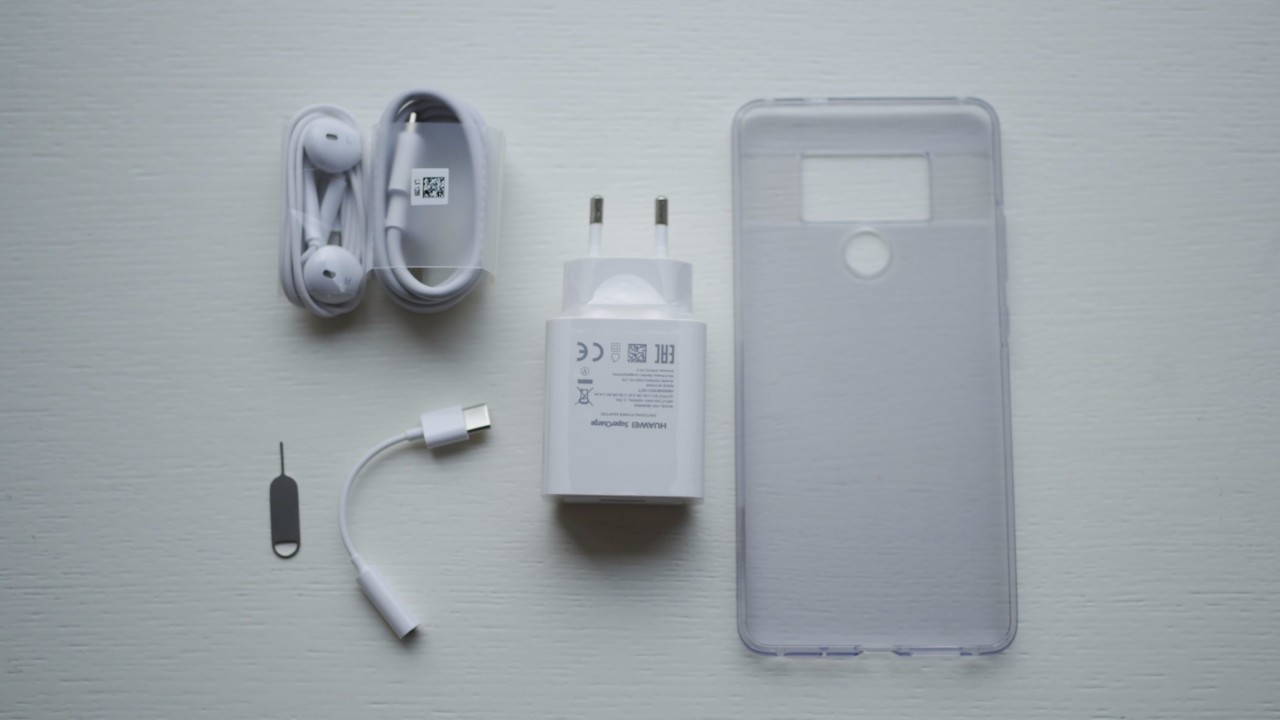
The supplied charger fully charges the phone in just about 1h and 10 mins, which is one of the best results out there.
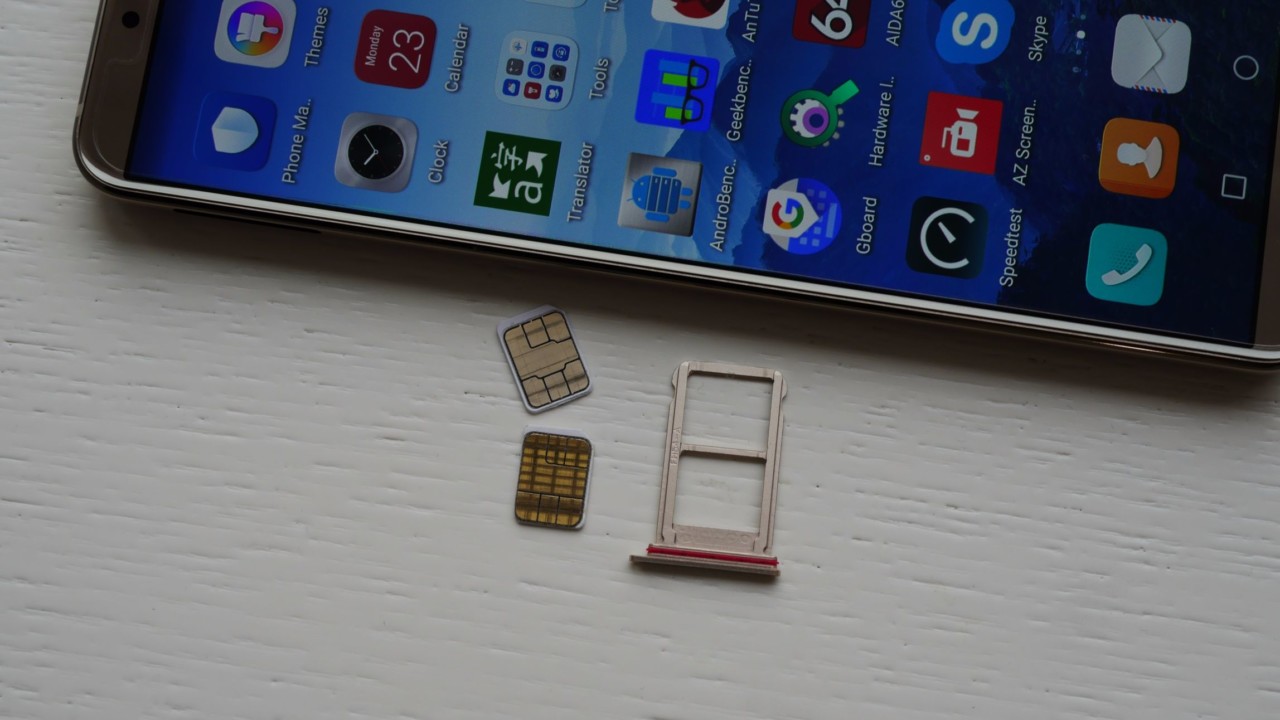
The Mate 10 has a microSD card slot whereas the Mate 10 Pro lacks this feature. Also, it does not have the headset jack like a regular Mate 10 but it has more storage and RAM memory (6GB/ 128GB vs 4GB/64GB). Both phones have the same powerful Kirin 970 chipset.
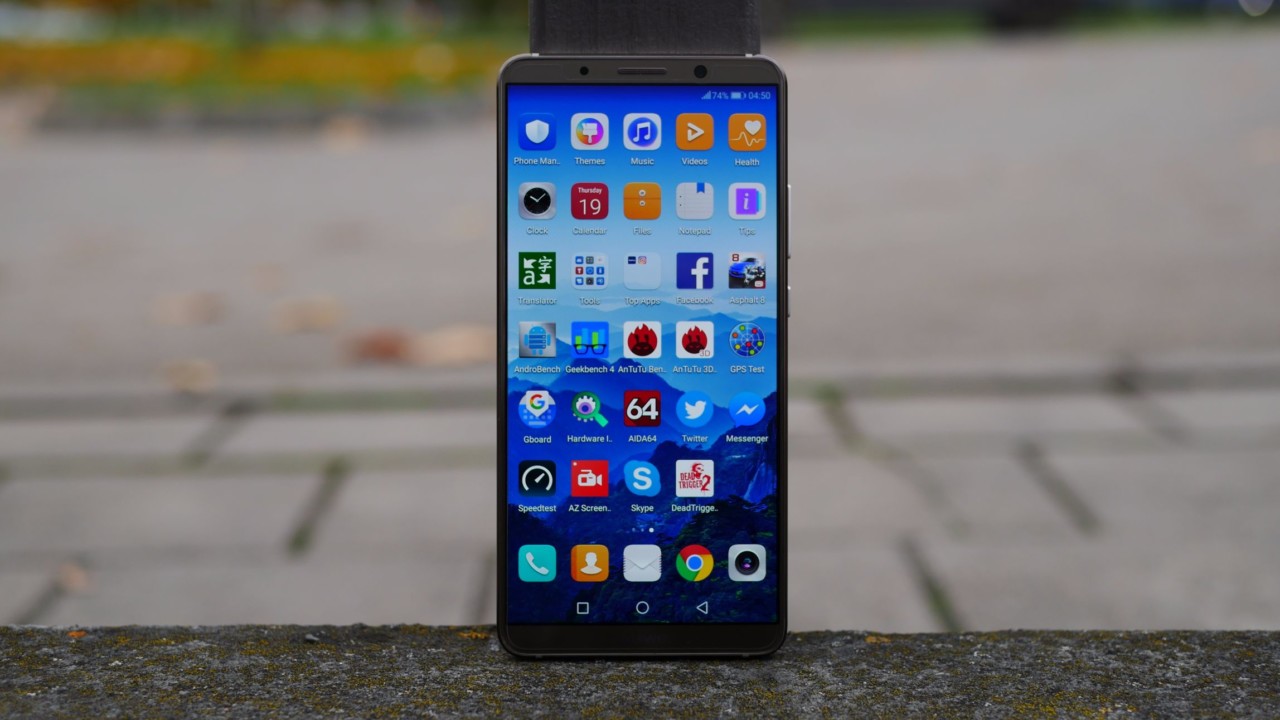
Another area where the Mate 10 Pro excels over the Mate 10 is the IP67 certification for water and dust resistance.
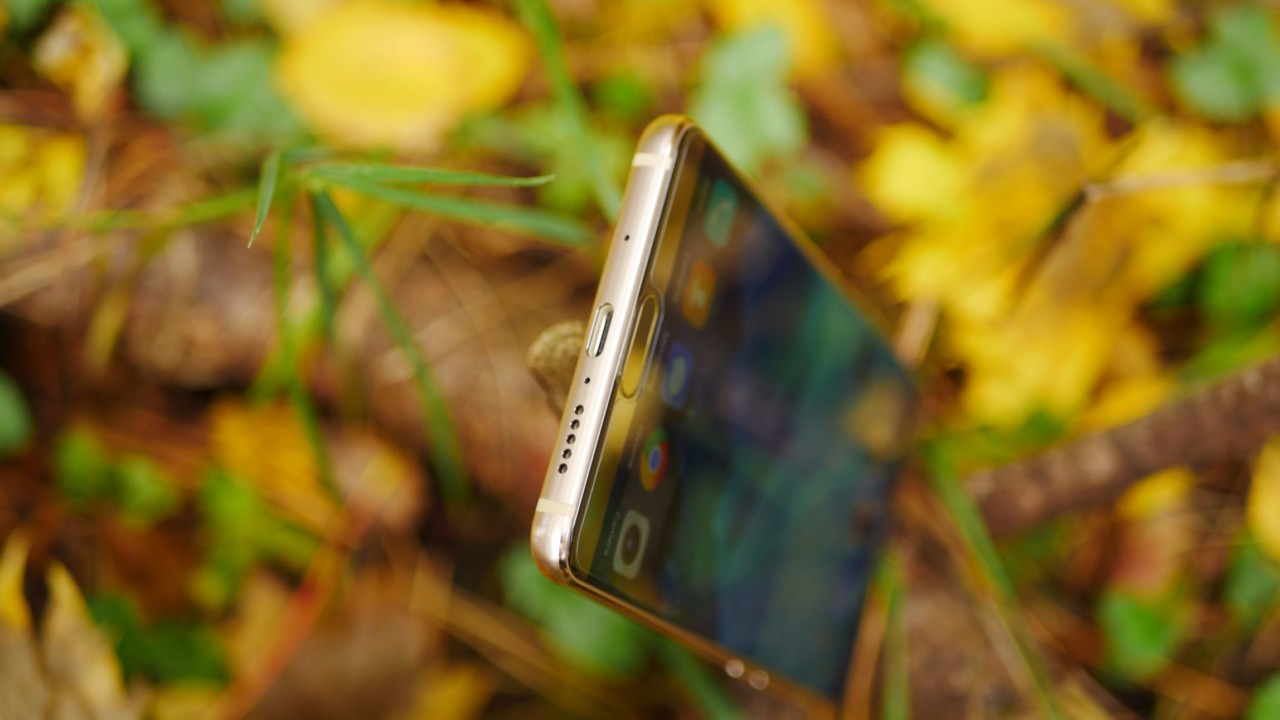
The stereo speaker setup is very good and it might be one of the best in the business.
HARDWARE and PERFORMANCE
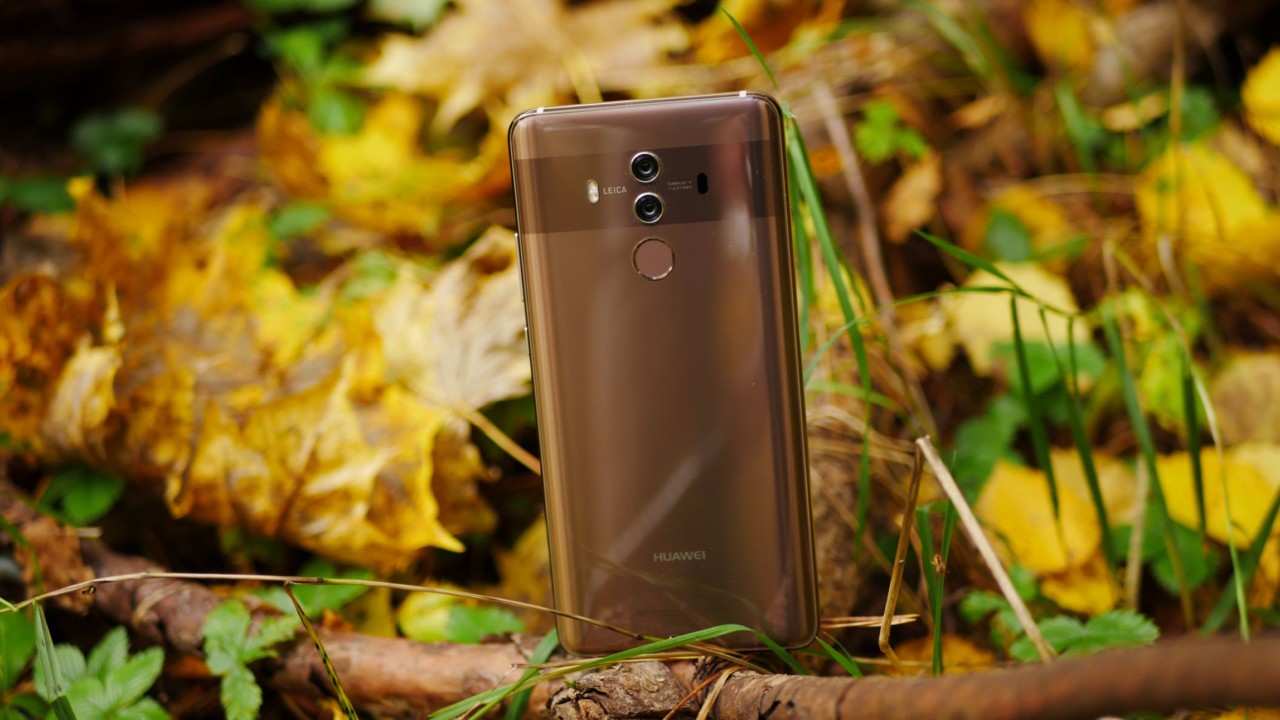
When it comes to hardware, the Mate 10 has a brand new Hisilicon Kirin 970 chipset that is coupled with 4GB of RAM and 64GB of storage. The Mate 10 Pro ships with the same chipset, 6GB of RAM and 128GB of storage, which is, however, not expandable.
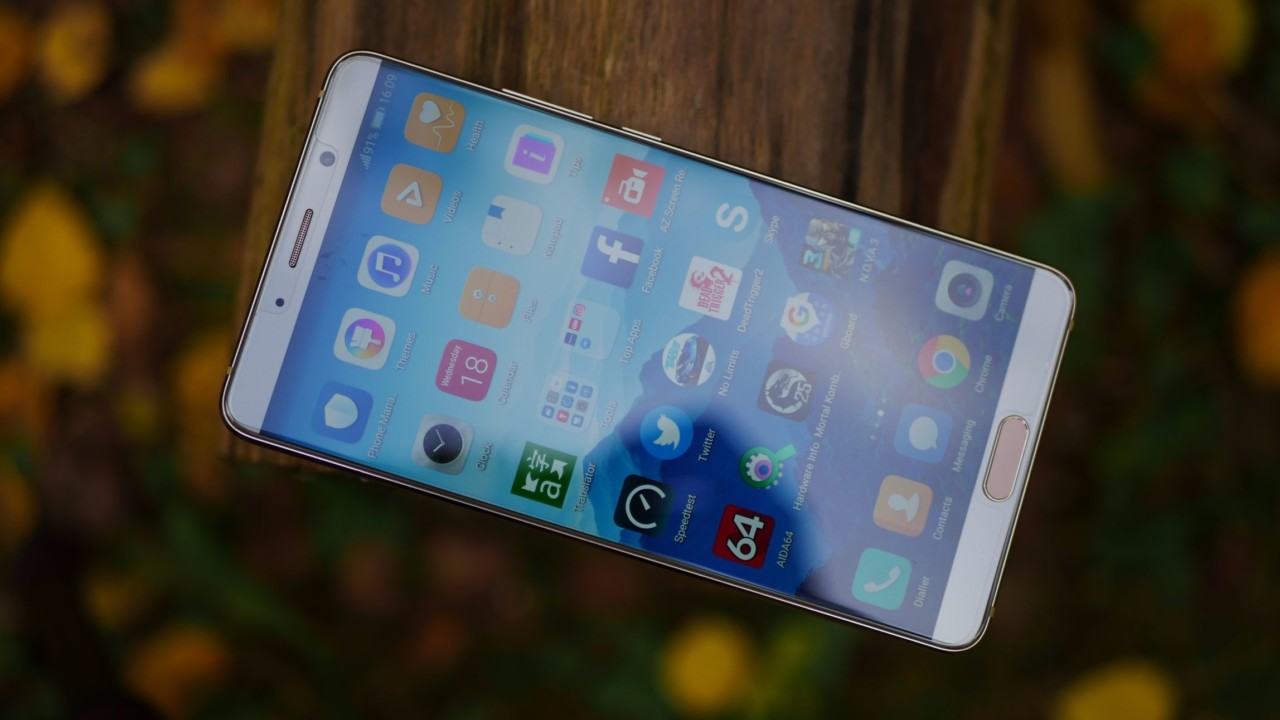
The new Mate 10 phones sport the first Huawei chipset with a neural processing unit or AI component of the processor, which learns how you use the phone and helps the device adapt to assure the best user experience. For example, the AI chip detects what kind of picture you take to apply the best image settings and it did a pretty good job during my unscientific test. Also, it helps apply the right amount of blurring effect in the portrait mode.
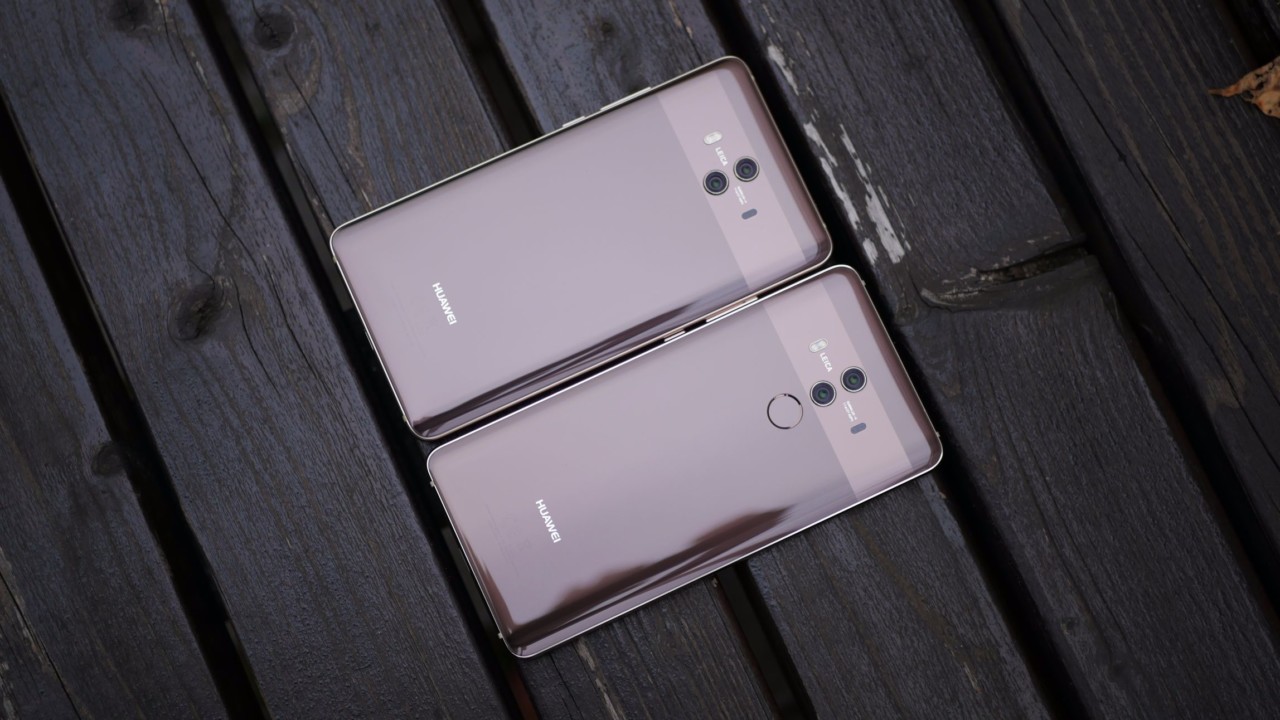
Obviously, the AI component does a lot more than helping you take better pictures. Most importantly, it learns every single day to assure the best user experience. For example, it learns how you use the phone to make it faster by allocating the resources to the specific task. So far, Microsoft has updated its Translator app to make use of the AI chipset to speed up the translation process. When reading a book, the NPU will remind users to enable Eye Comfort mode (Huawei’s blue light filter). Or, when taking a picture of a business card, the NPU will offer to scan the details into your phone book. These are just a few examples of how AI processor works in practice.
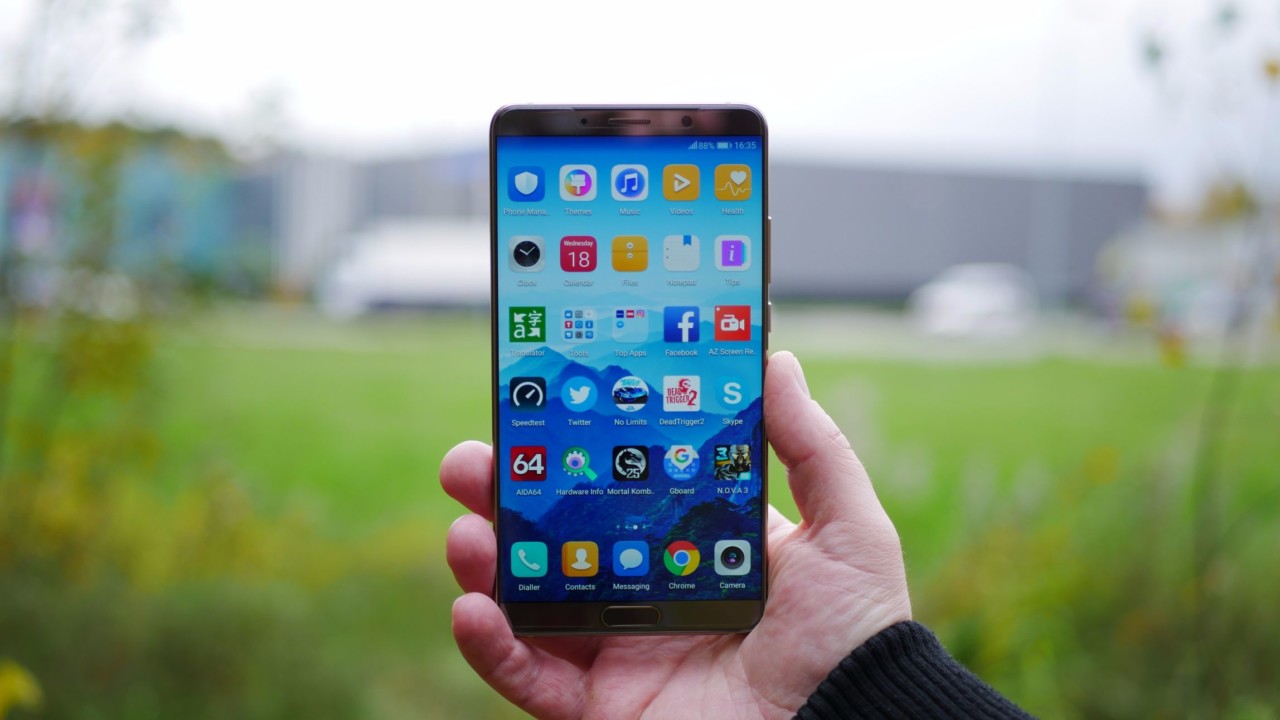
If you don’t really care about artificial intelligence, you can be rest assured that the Mate 10 will handle absolutely everything you throw at it. I played a lot of different games on the very highest settings and the phone just flies. A flagship-grade performance.
Finally, what impressed me the most was that the phone stayed cold to the touch even after 40 mins of gaming.
USER INTERFACE
The Mate 10 ships with Android 8 out of the box but it has the EMUI skin built on top of it. Some people may love it, some may hate it mainly because of it’s a bit cartoonish look. The first thing you may want to do is bring back the app drawer feature, which is built into the UI.
I personally like it since there are plenty of features and customization options to make the phone look your own. You can choose from a variety of themes, wallpapers and so on. There are also pretty cool transition effects and other customization options.
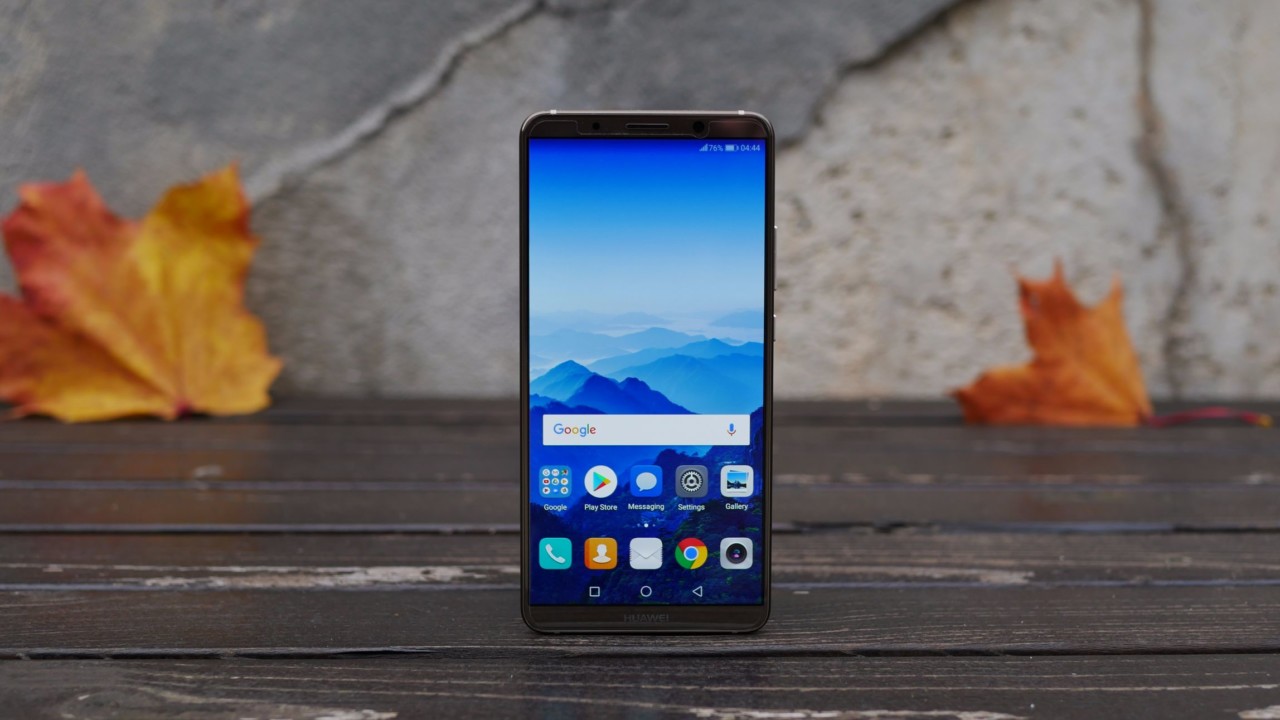
You can choose from quite a few smart assistance features that I don’t really like using, to be honest. If you plan to use those gestures, they work fine. What is the most important thing about this phone is that it is blazing fast, fluid and responsive. Huawei claims that the phone will not show any signs of slowing down even after 18 months of using it. I can’t confirm that but the Mate 10 is indeed a very fast phone on the daily basis.
EMUI Desktop Experience
Please see our video review for a better idea of how the EMUI desktop feature works.
Just like the Mate 10 Pro, the Mate 10 has the EMUI desktop feature that is just awesome. You simply connect your phone using the HDMI port to any display, without the need to buy a dock station.
There is the desktop mode that converts your phone into a basic laptop. You can edit your documents, browse the web, access all the files from the phone and so on. Obviously, you can connect a Bluetooth keyboard and the mouse for an even better experience but if you don’t have one, you can use a built it trackpad directly from the phone that I found to be pretty intuitive to use. You can also switch to the phone mode, which basically mirrors phone’s display. You can even play 3D games without any input lag, which is pretty awesome. Overall, I really like the EMUI Desktop feature. It works straight out of the box, no need for a docking station, no additional software.
CAMERAS
Both phones have identical cameras. A 12-megapixel RGB camera is paired with a 20-megapixel monochrome sensor here, and both lenses feature apertures of up to f/1.6.
The camera takes pictures really fast. There are quite a few shooting modes. My favorites include 2x optical zoom to make the best out of that secondary sensor. This mode is really useful and I enjoyed using it while I was exploring Munich. The pictures look pretty good as you don’t lose detail like using digital zoom.
The daylight images look really good considering the fact that the phone still runs on an early software build. There is a good amount of detail, sharpness and the dynamic range adjustment is quite impressive. The only downside is that some of the pictures are underexposed but that can be easily fixed in post.
The low-light camera performance is quite impressive too. Sure, there is a bit more noise and less detail but in general, the results are great. Pictures taken using a portrait mode usually look quite good but I noticed some artifacts going on in a few shots. There is also a monochrome mode that I’m not a huge fan of but the pictures look really nice and detailed.
Selfies taken using the 8MP camera are detailed and will definitely do the trick for social media needs.
4k video looks pretty good too as the footage is sharp and detailed. However, the OIS does not work in the 4k mode, meaning that the video may look a bit shaky. 720p slow-motion video is not the best I’ve seen but it’s definitely usable. 1080p selfie video looks great too as there is plenty of detail. Finally, I really like the sound recording quality.
CONNECTIVITY
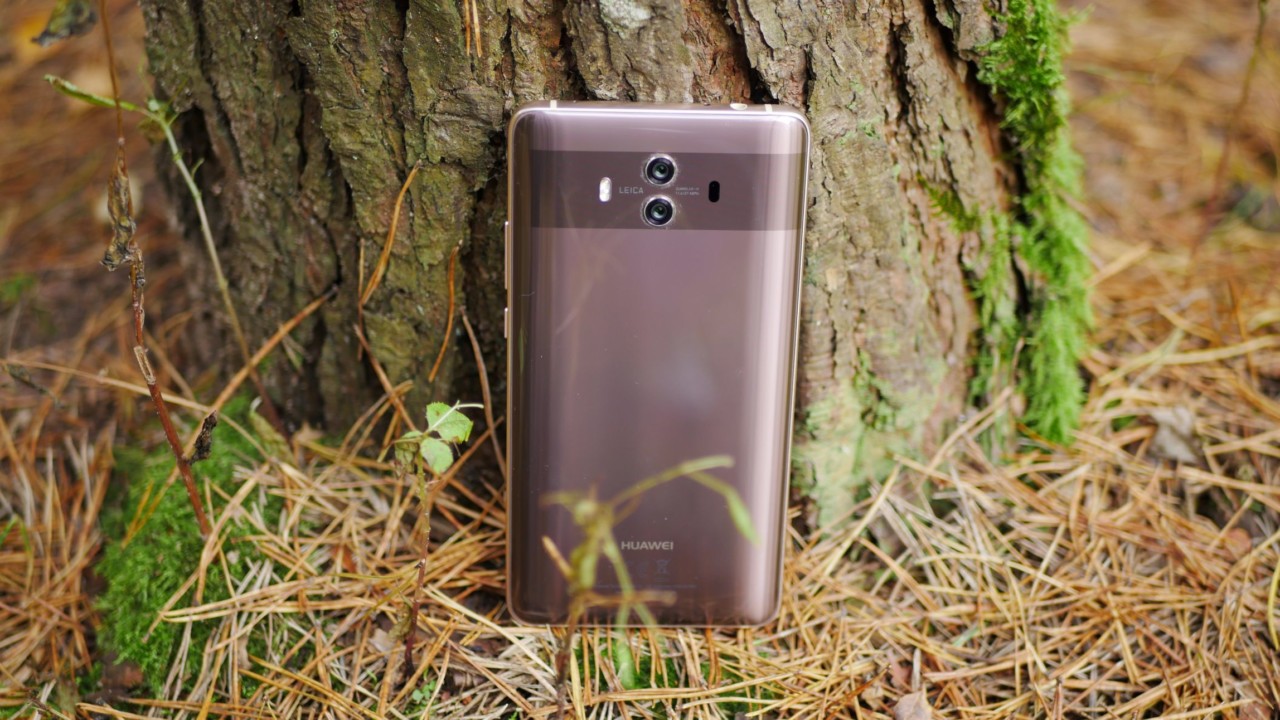
Connectivity-wise, the Mate 10 and the Mate 10 Pro are just excellent. The call quality and signal reception are great, Wifi and mobile network speeds are really fast, Bluetooth and NFC work fine. Also, the GPS is very accurate. Finally, the phones have a bunch of sensors, just like any other flagship in the market.
CONCLUSIONS
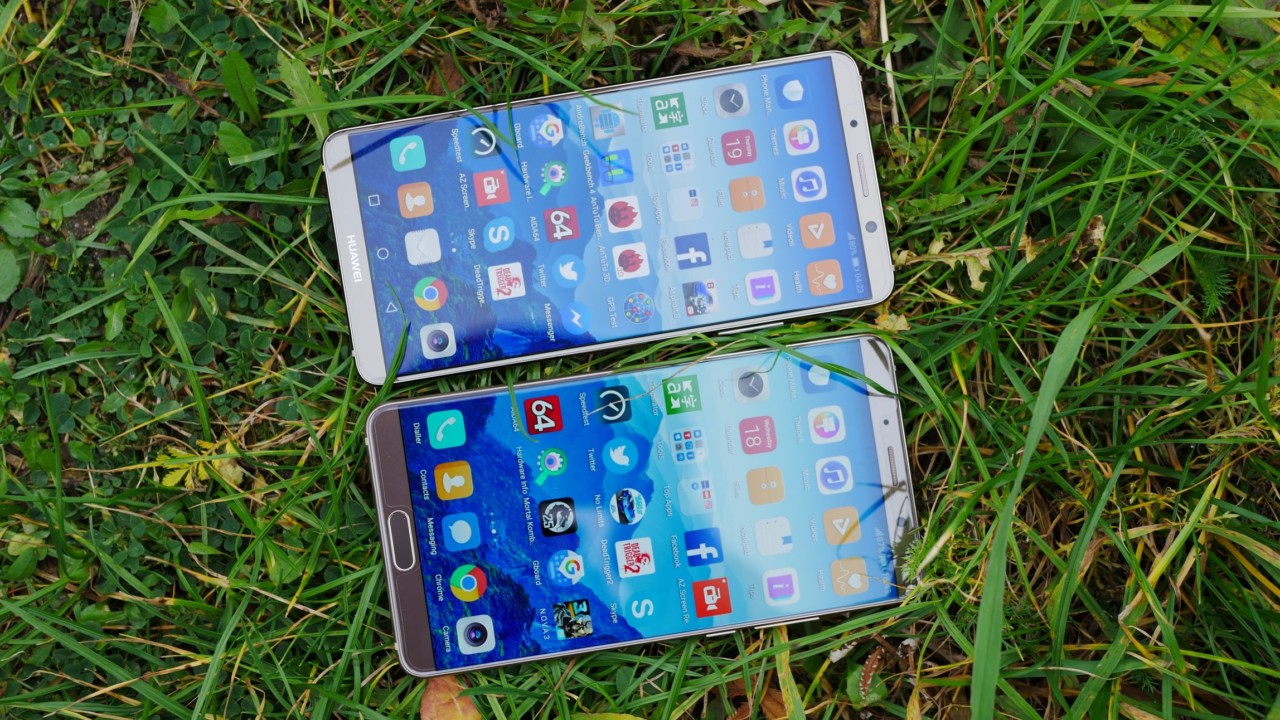
After using both Mate 10 and the Mate 10 Pro for more than 1.5 months, I still believe they are one of the best phones on the market right now.
The devices simply look beautiful, the phones are well-made, the displays are sharp, a powerful processor assures excellent overall performance and a dedicated AI chipset will learn on the daily basis to assure the best user experience. Also, the cameras take one of the best pictures and the battery life is great.
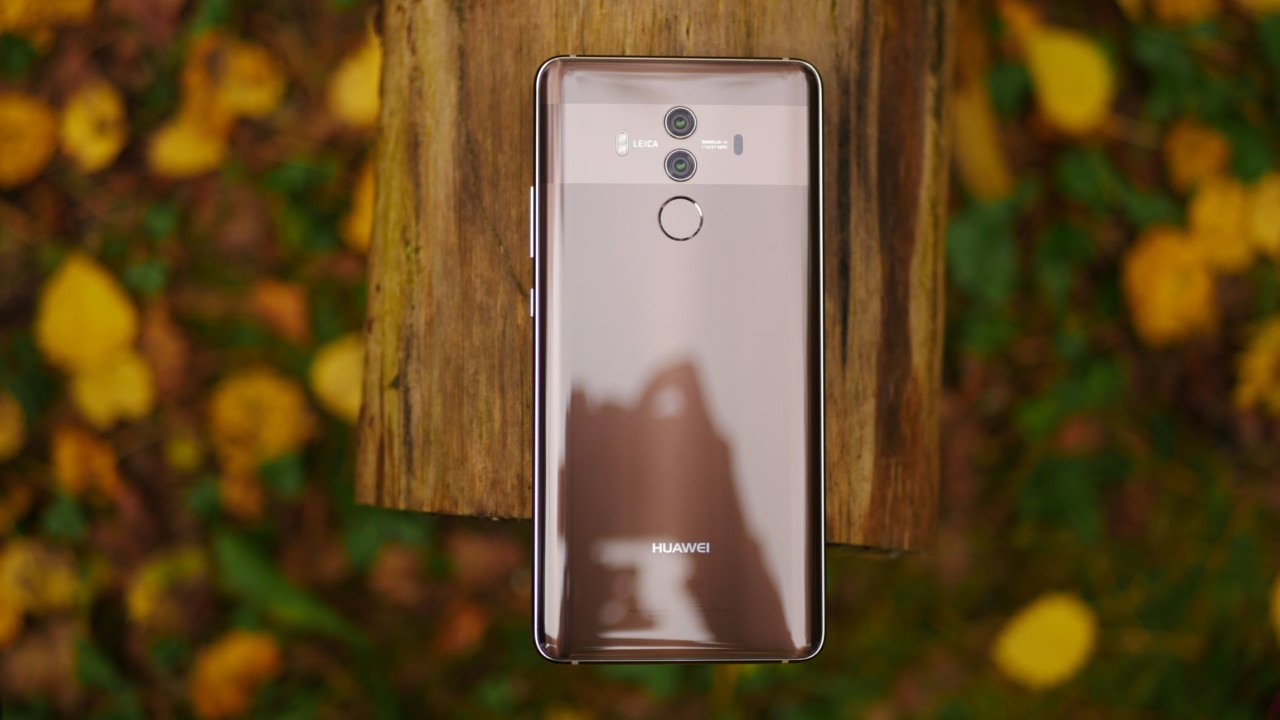
A few things that bother me about the Huawei Mate 10 are that there is no wireless charging, the water, and dust resistance rating could be higher and there should also be a 128GB model available for all the regions, just like on the Mate 10 Pro.
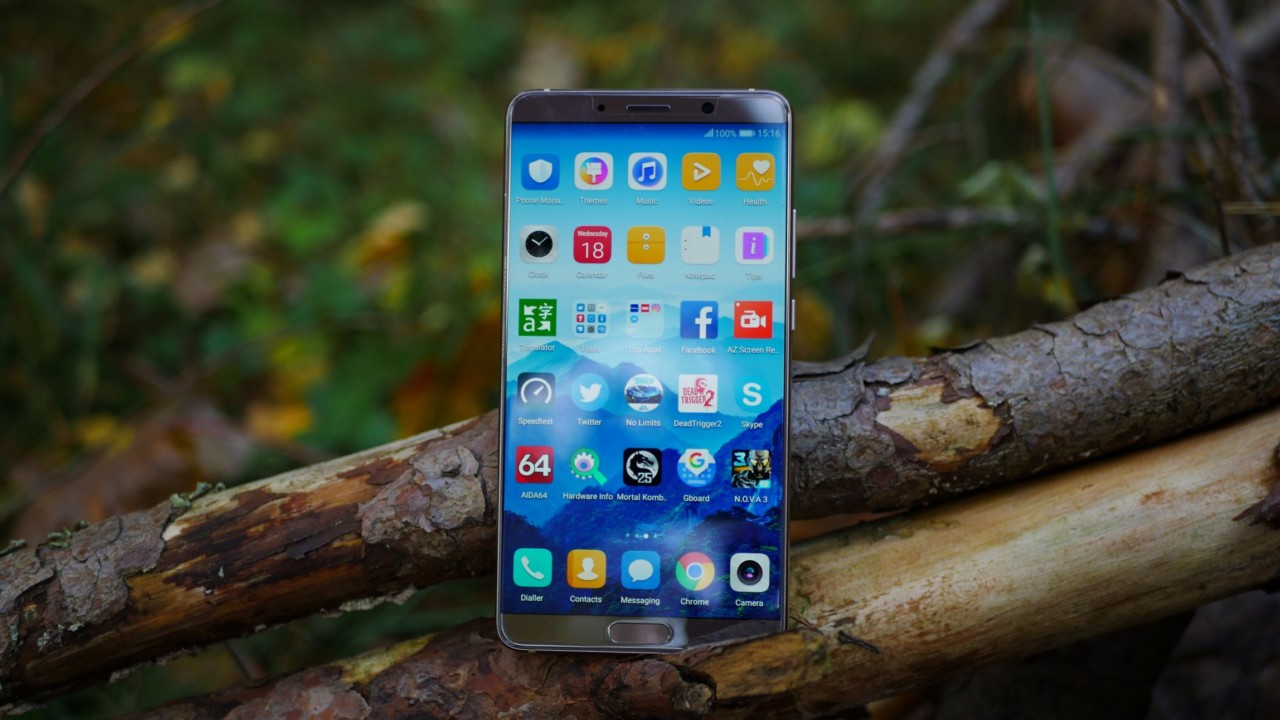
Obviously, there are some caveats to consider about the Mate 10 Pro like the lack of the 3.5mm headset jack that less and less phone have. Also, there is no wireless charging, no microSD card slot, and no 2k resolution display.Other than that, the Mate 10 and the Mate 10 Pro are legit flagship phones that have a ton of premium features and so far, they are one of my favorite phones of 2017, despite a few shortcomings.

